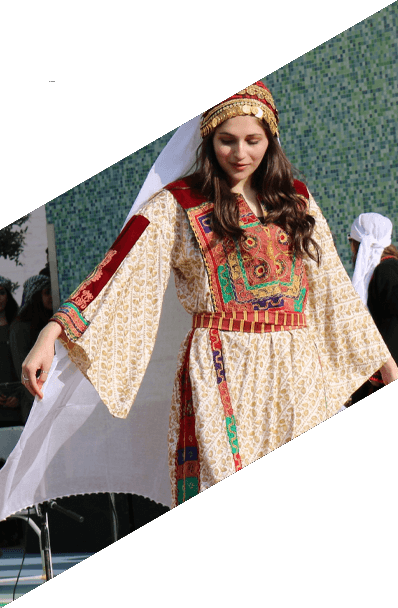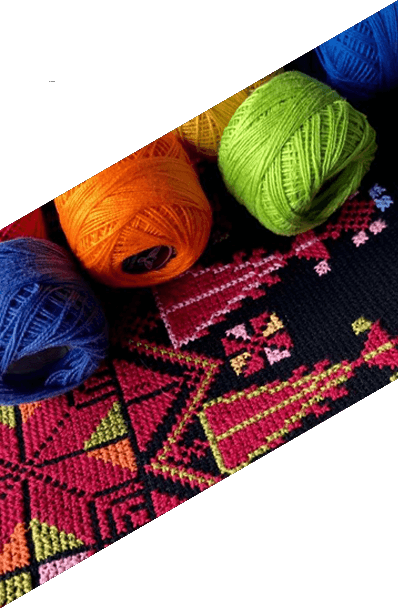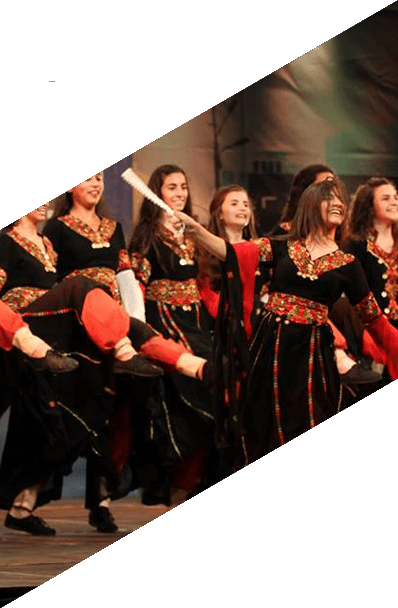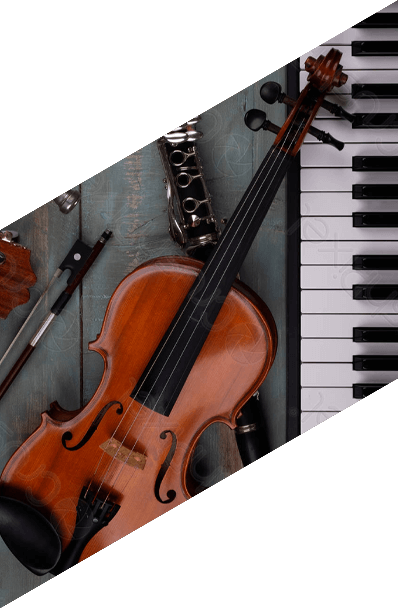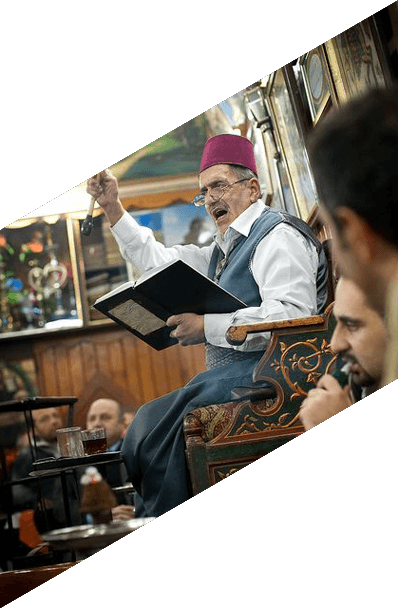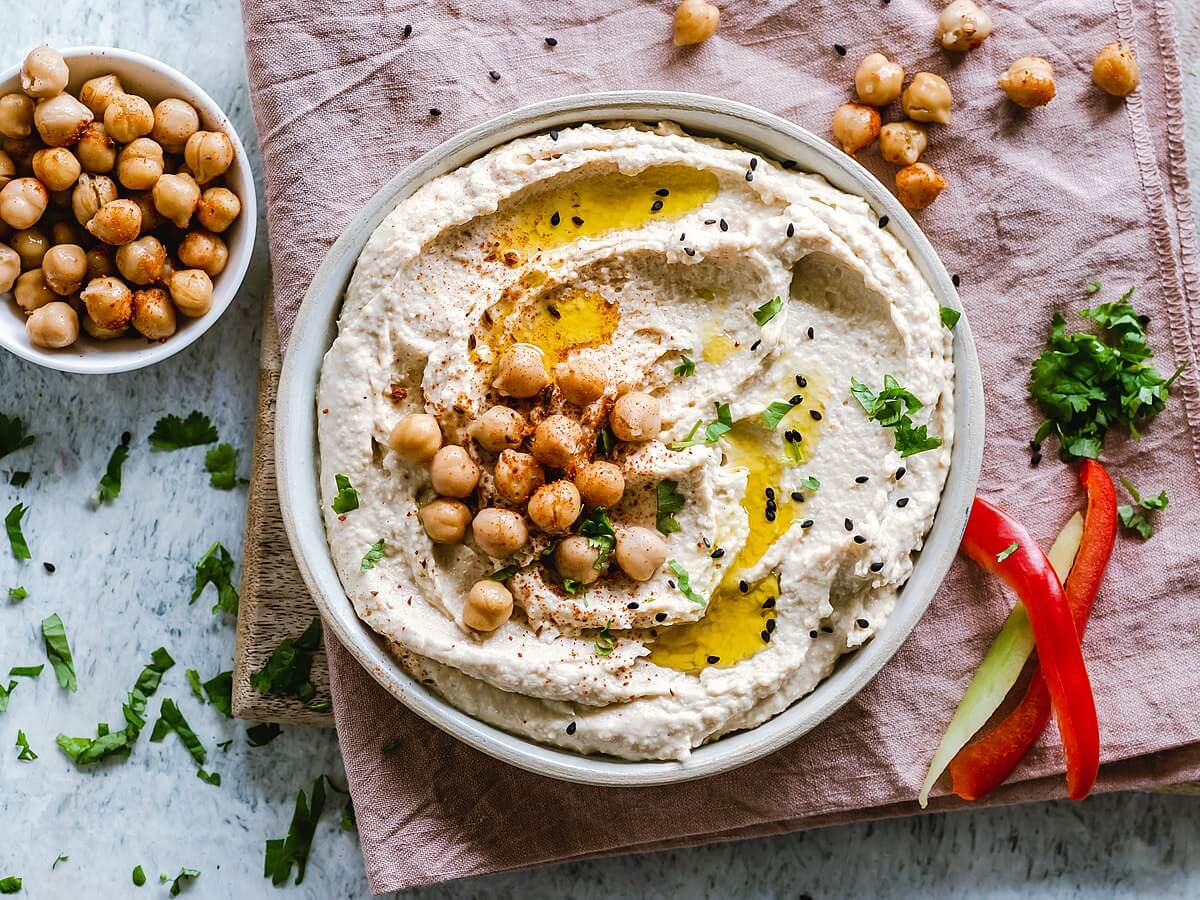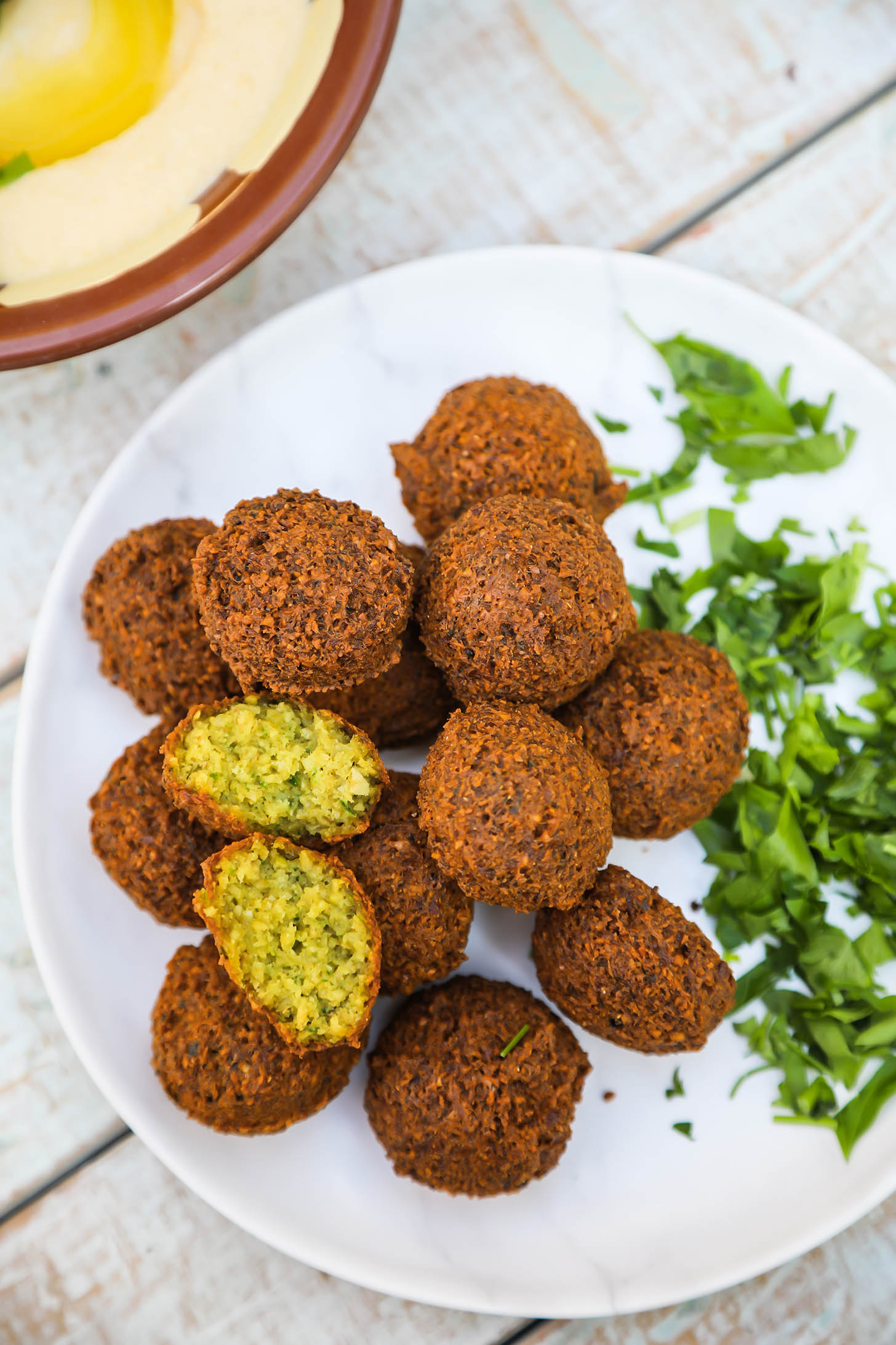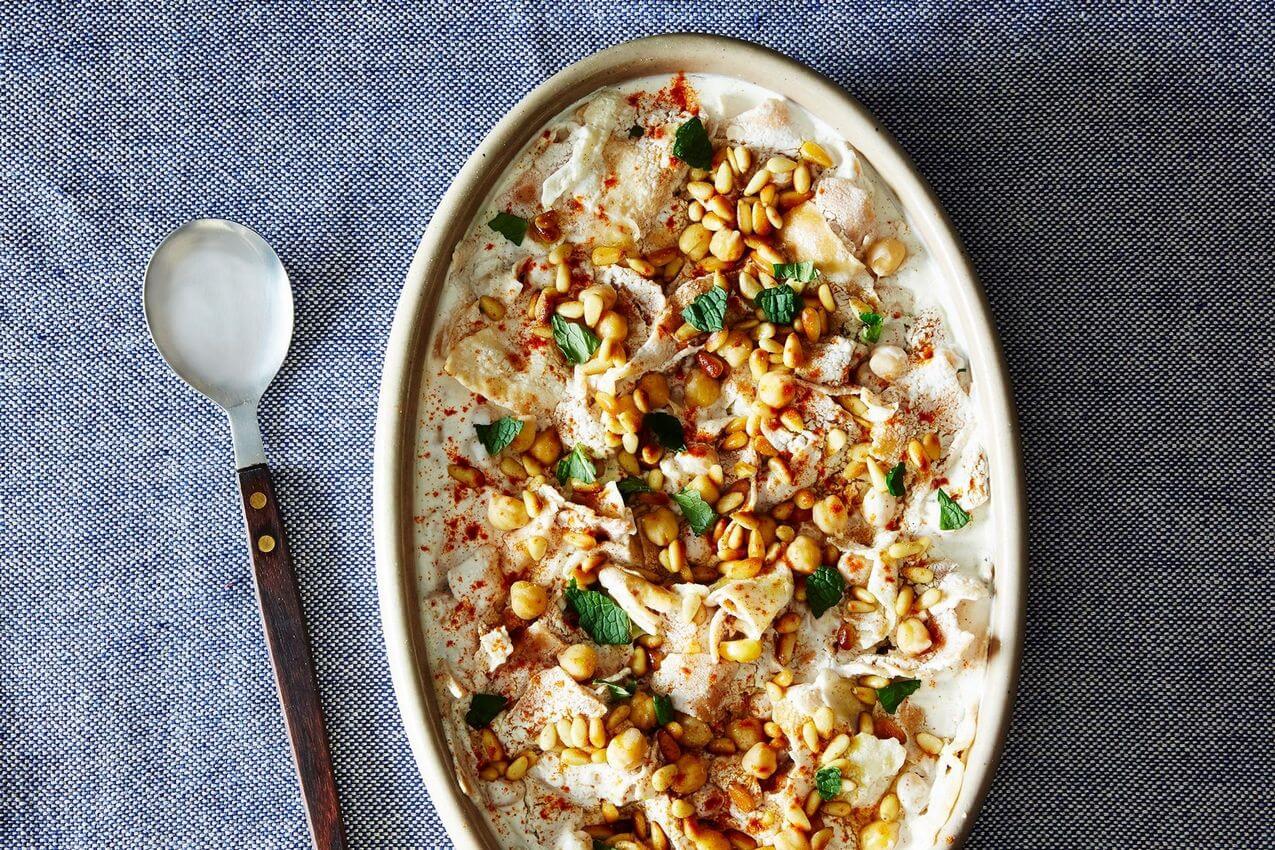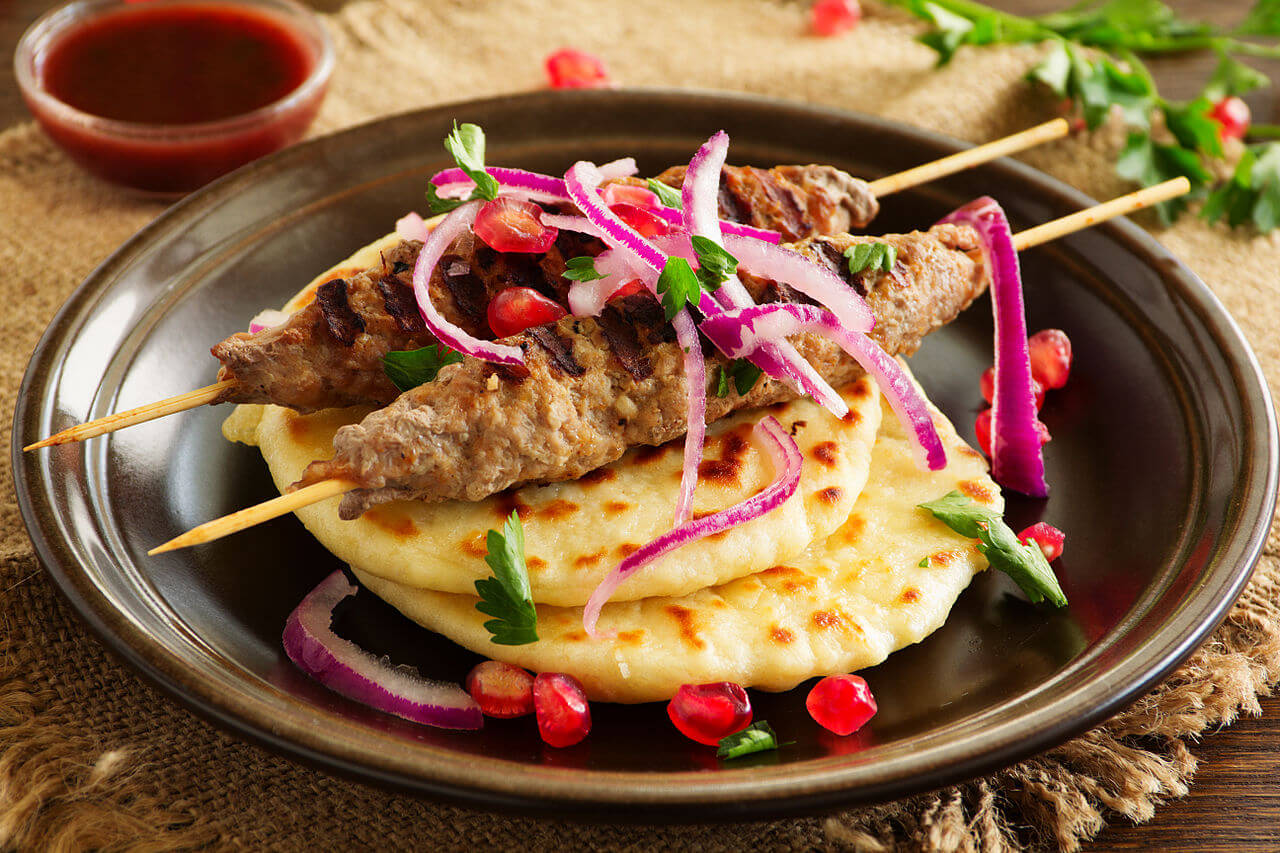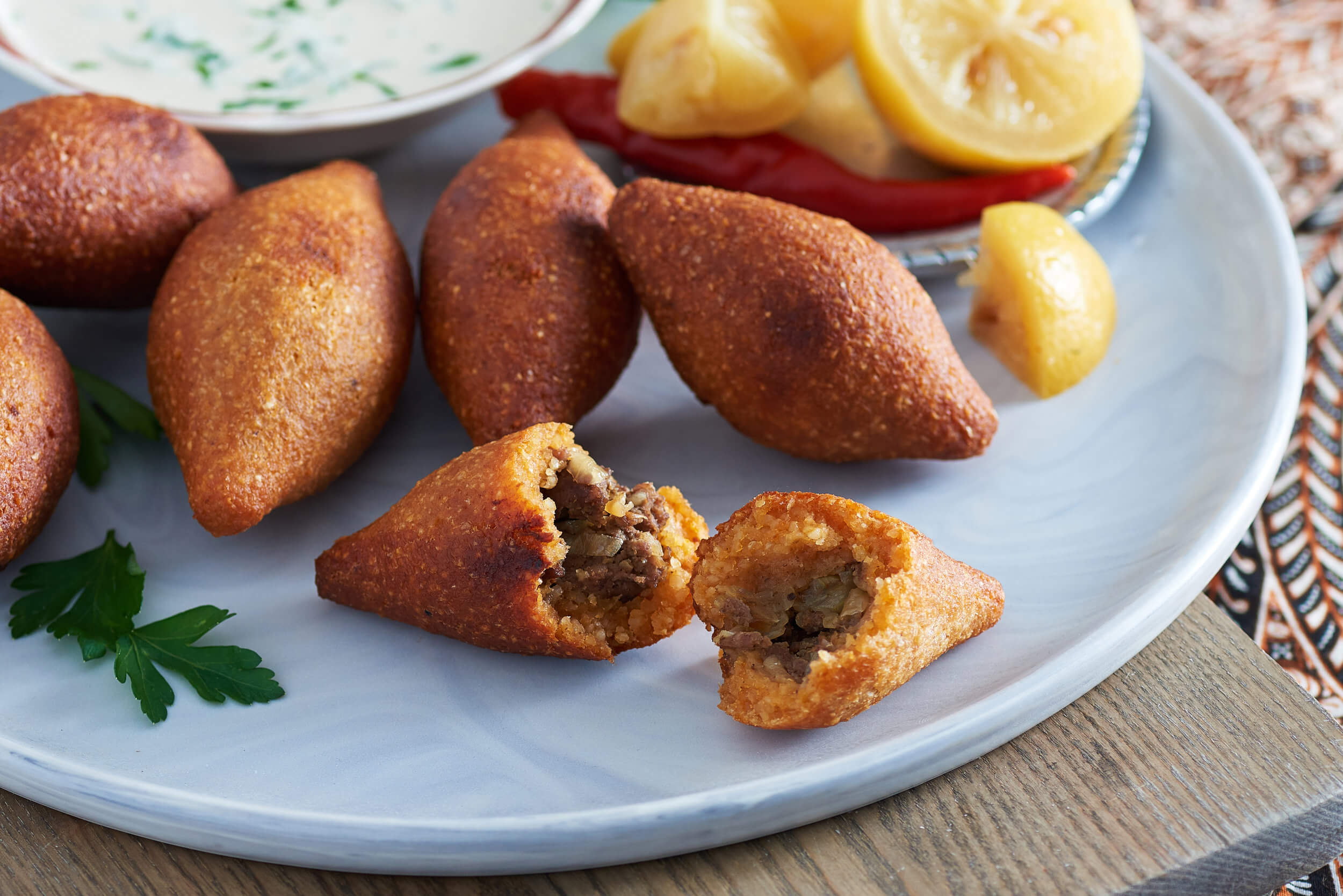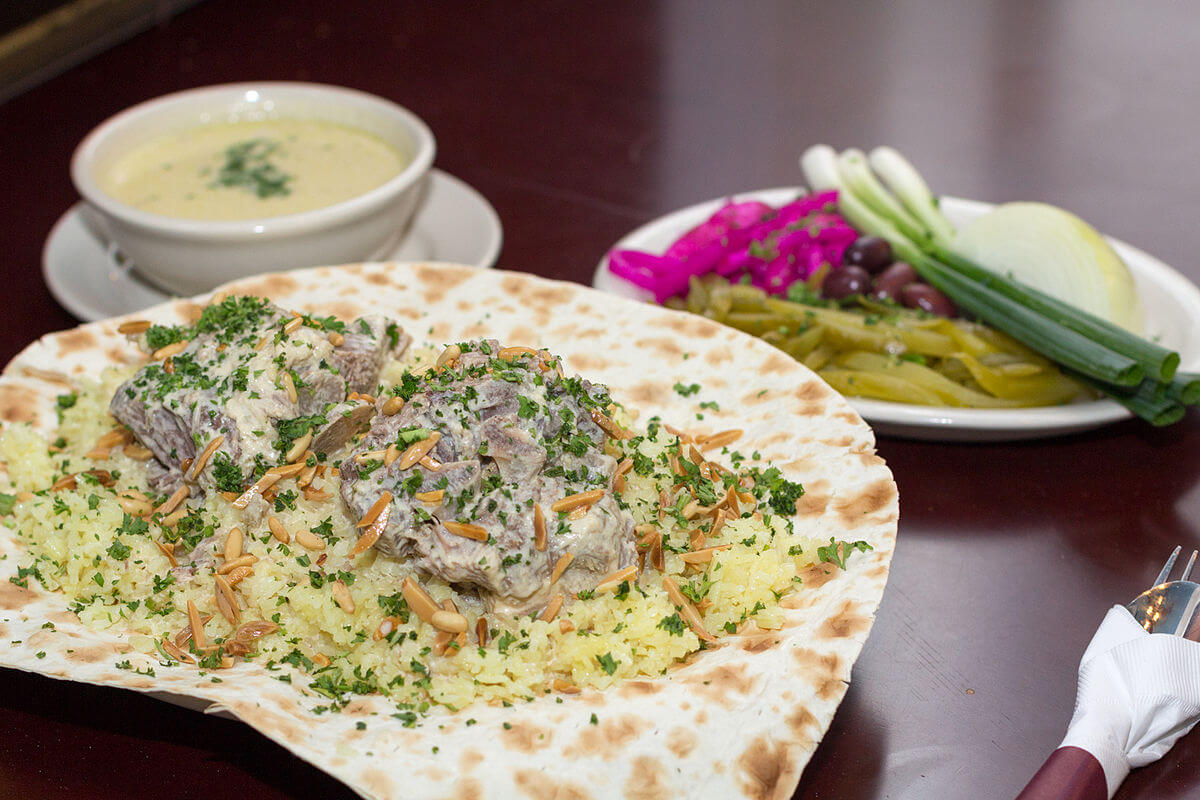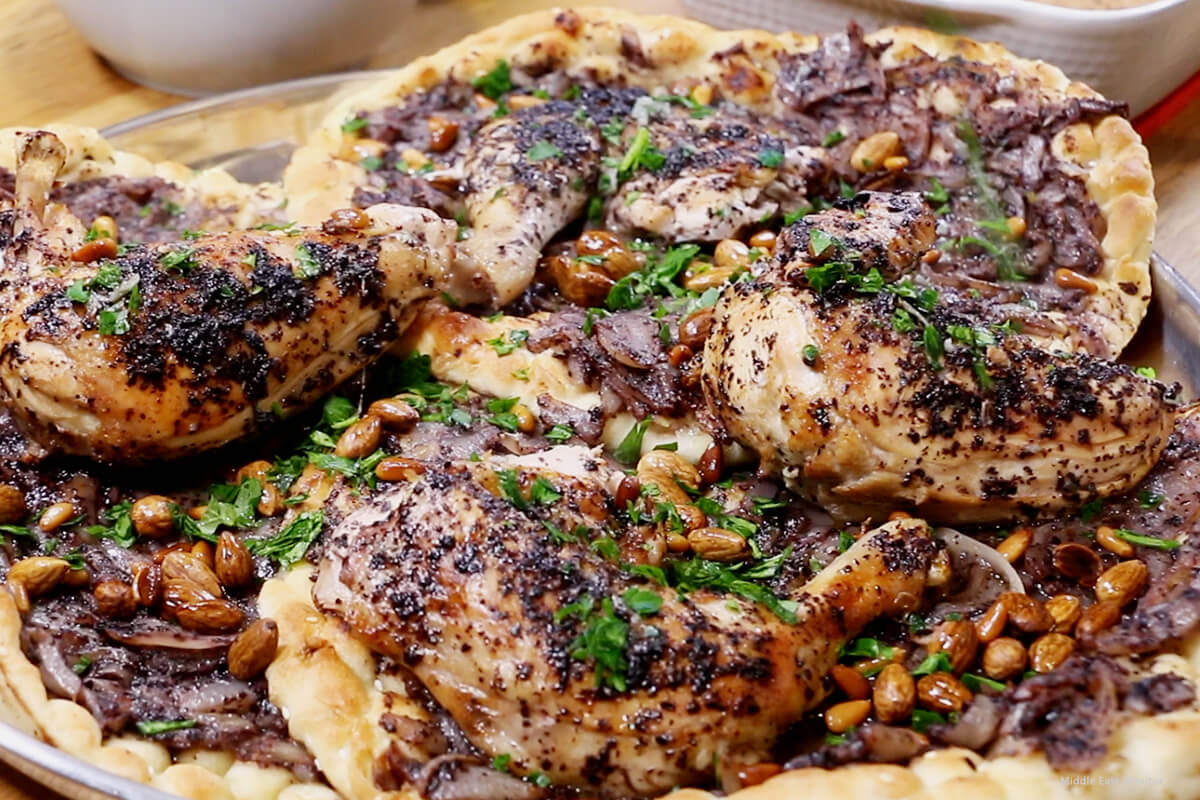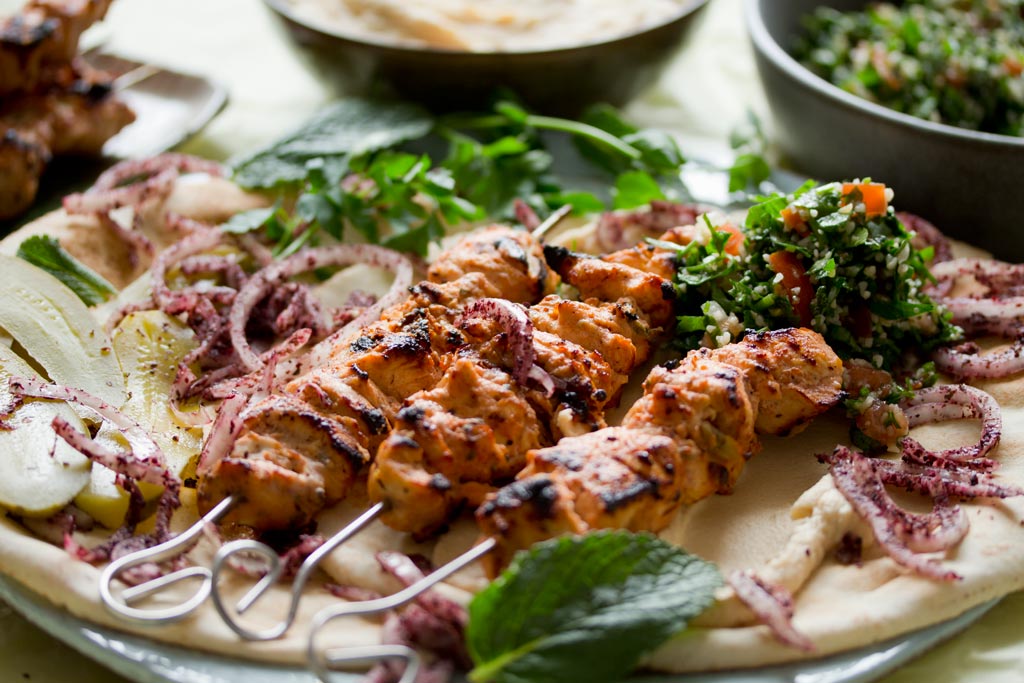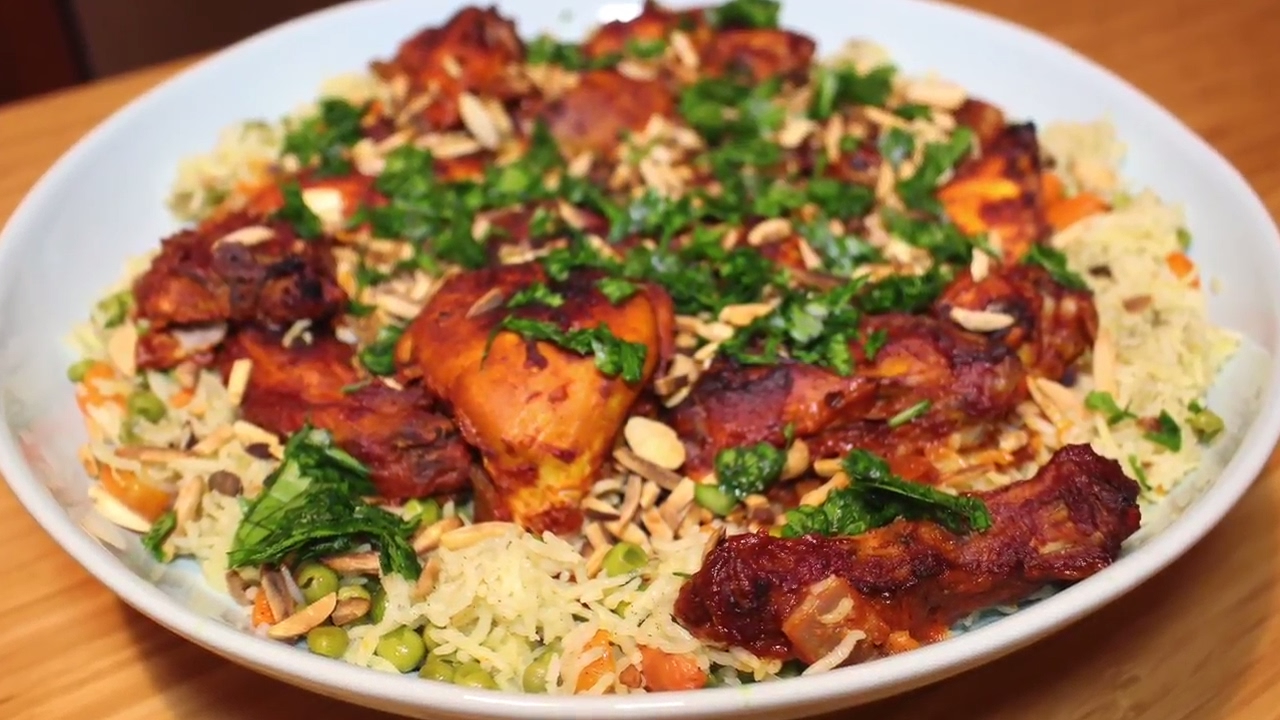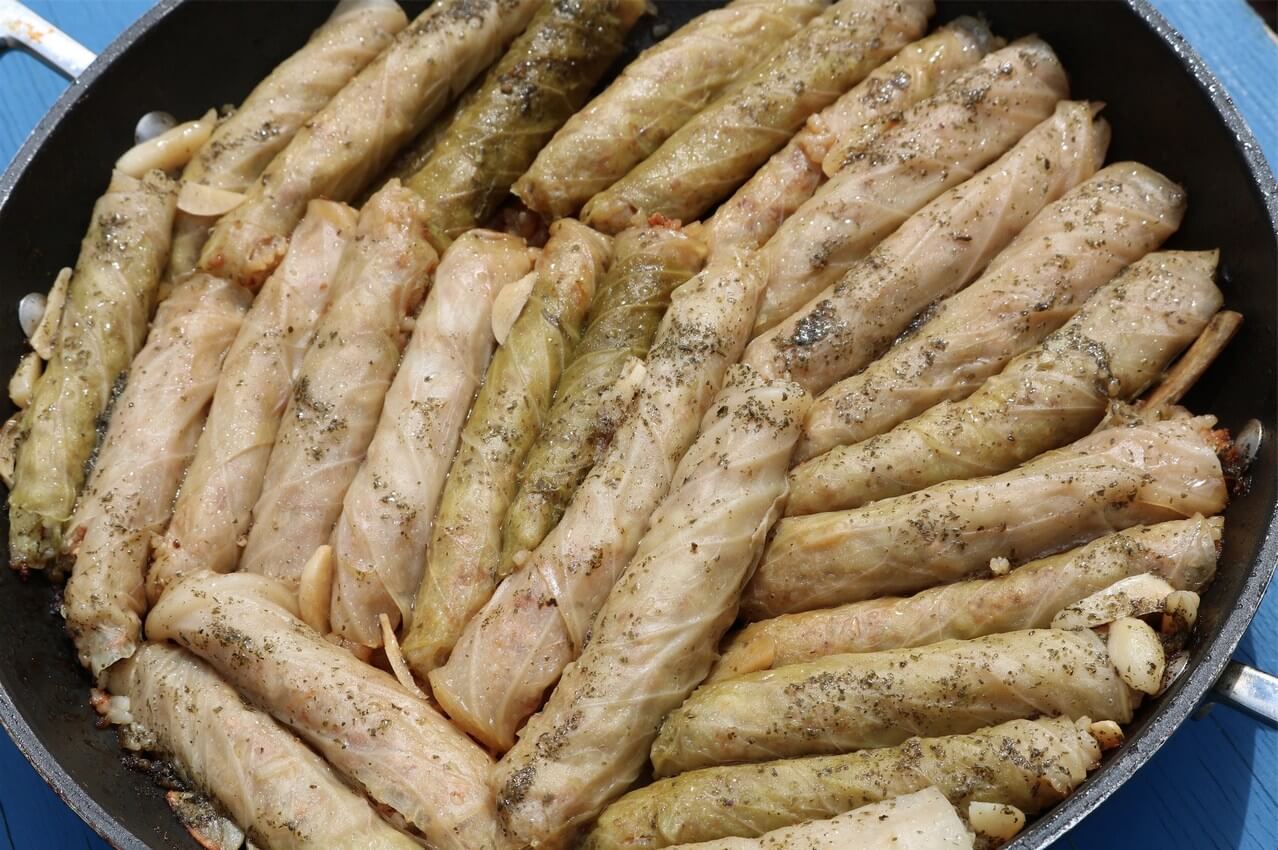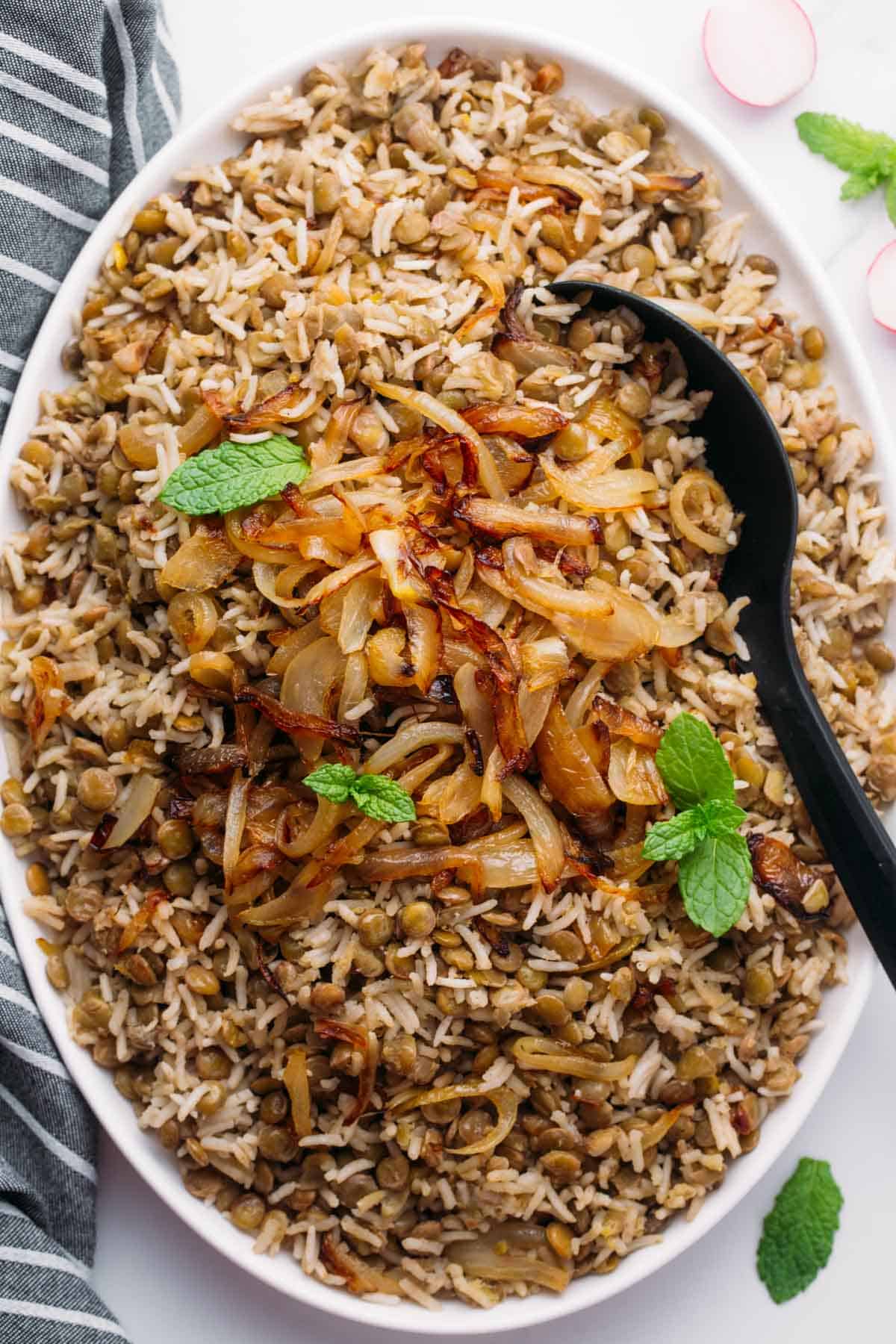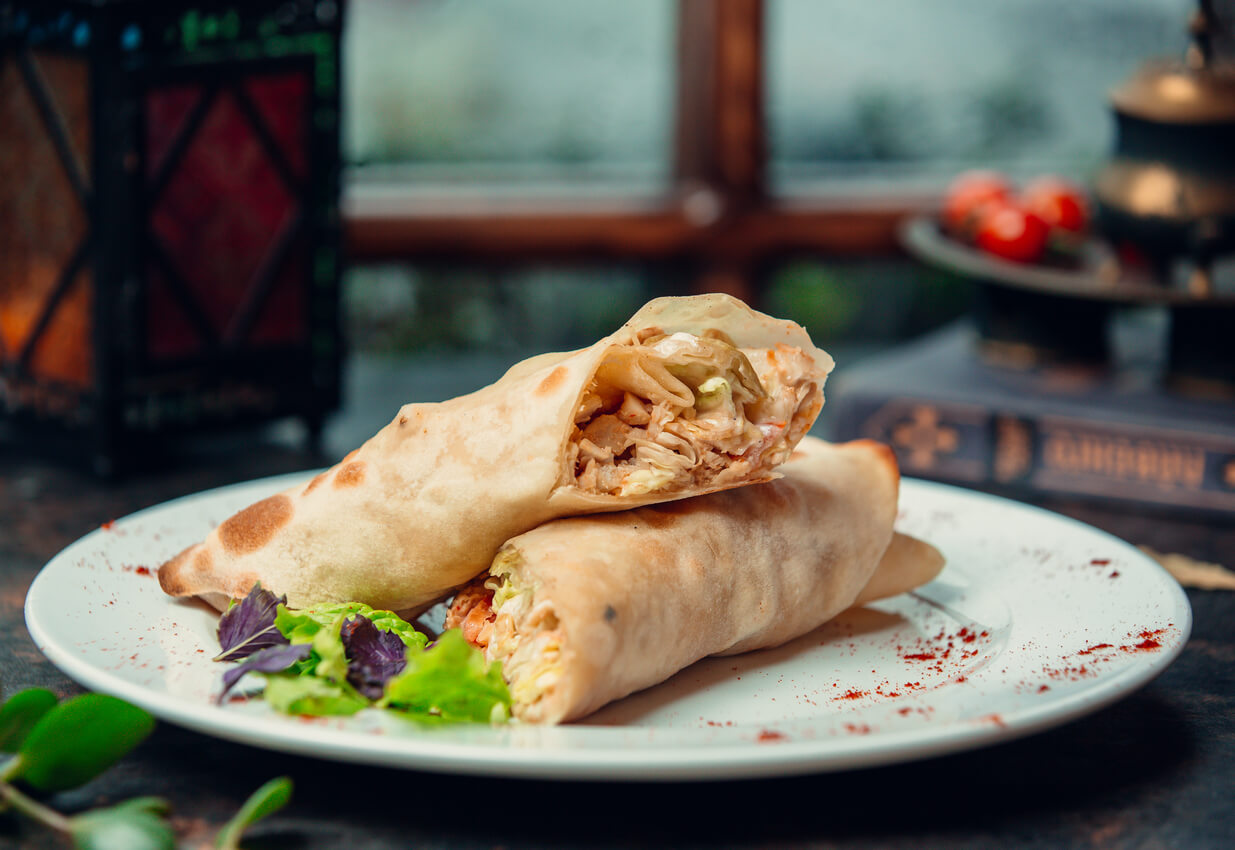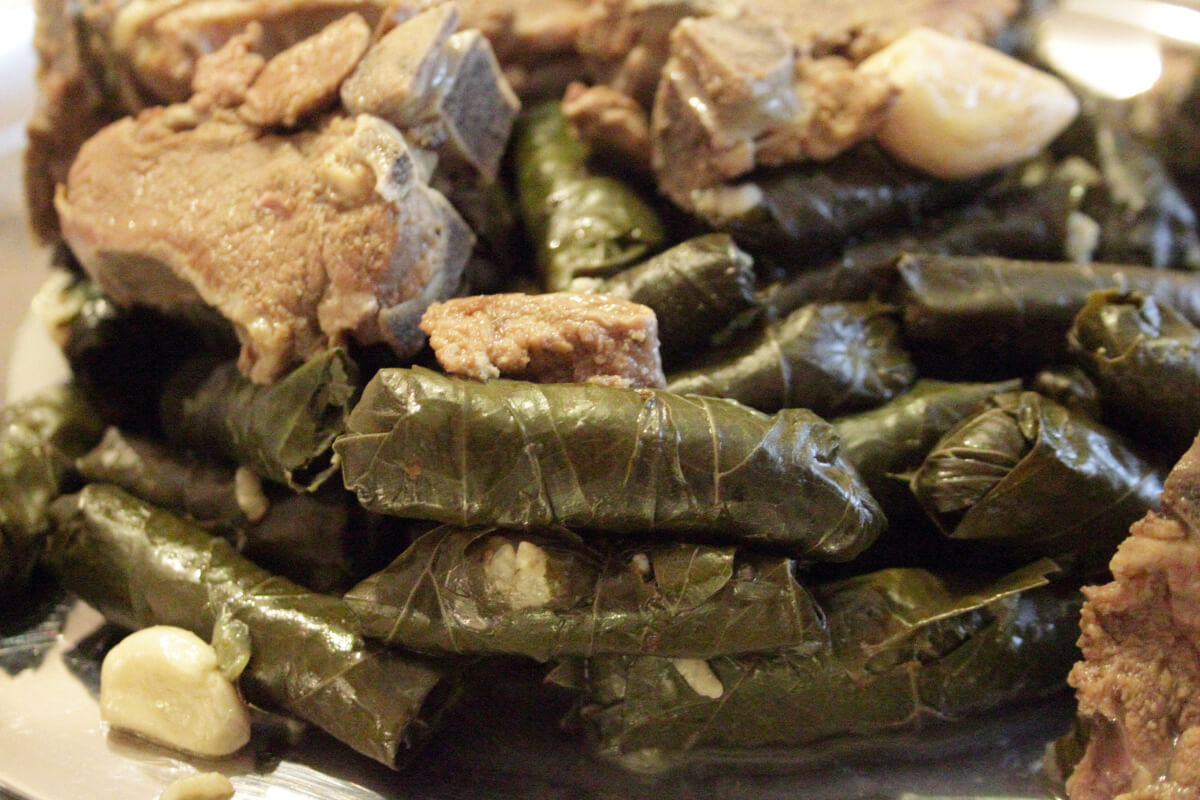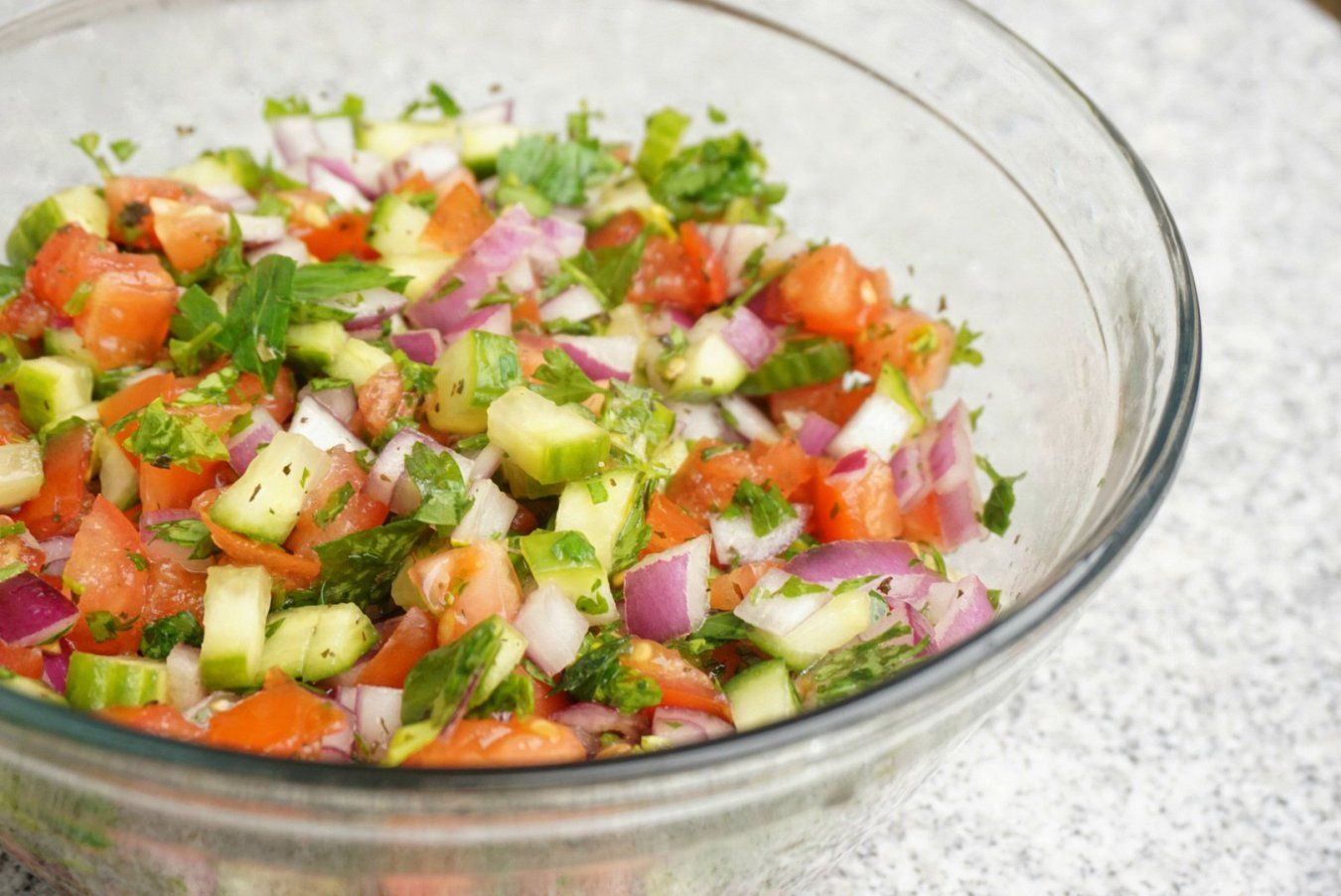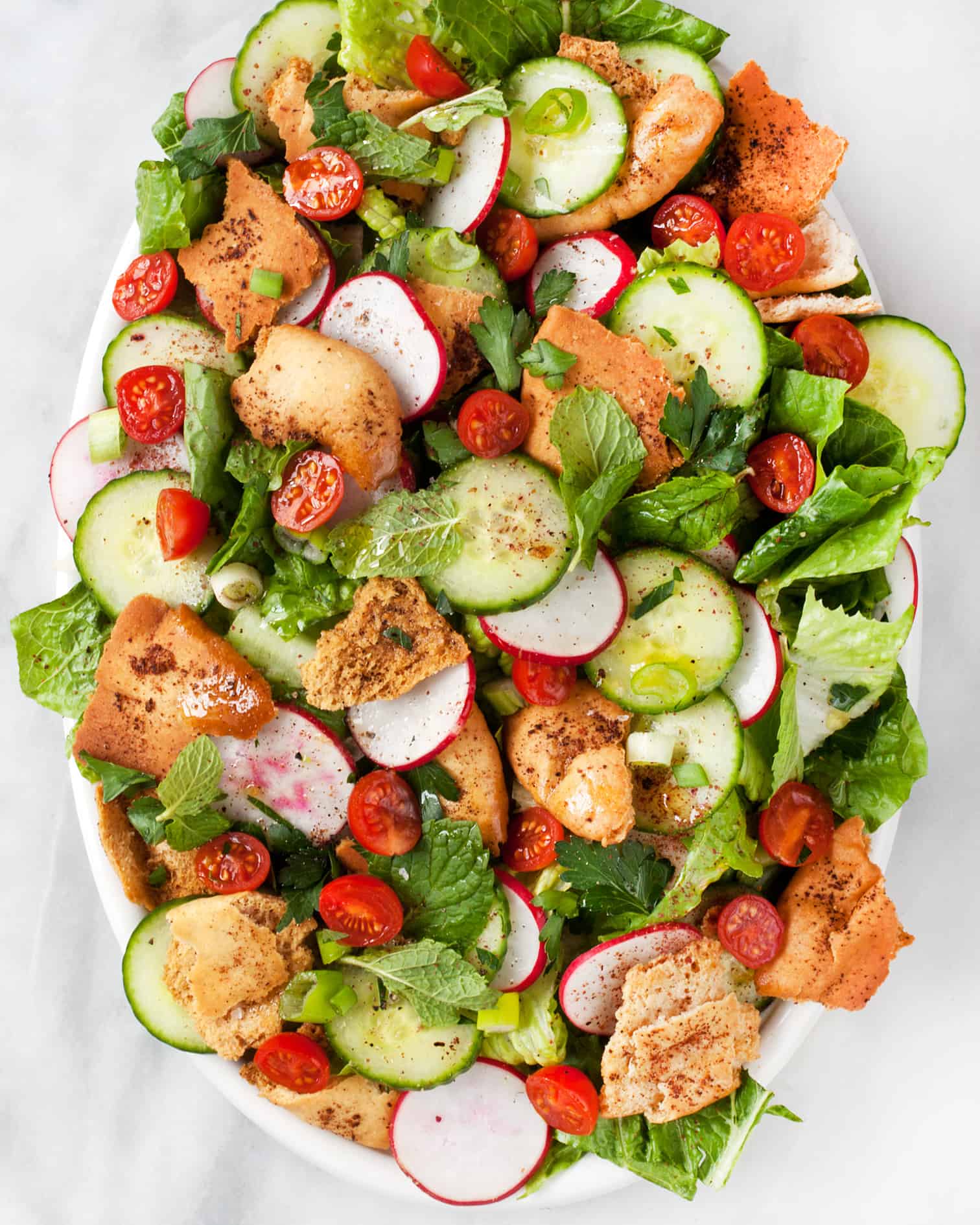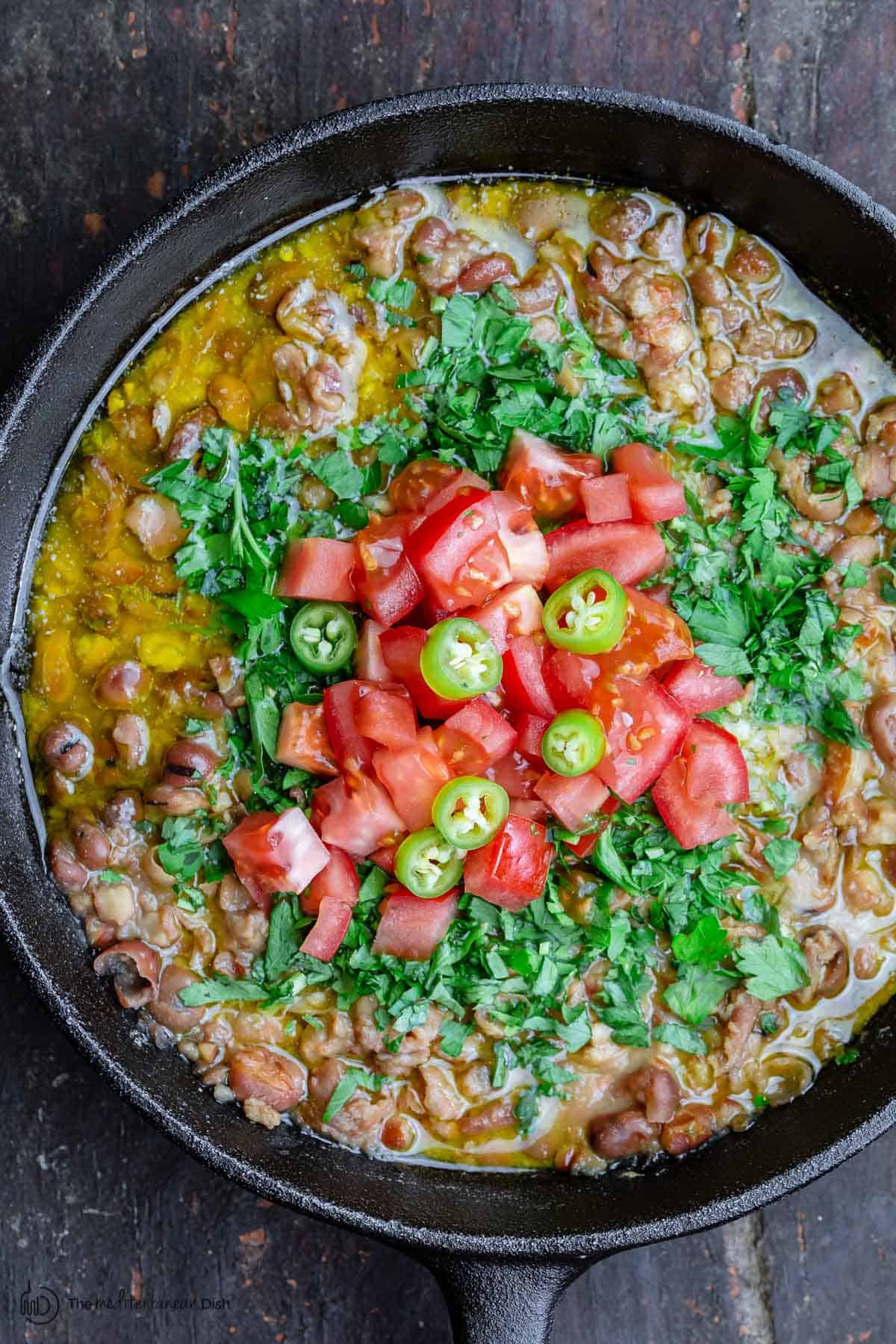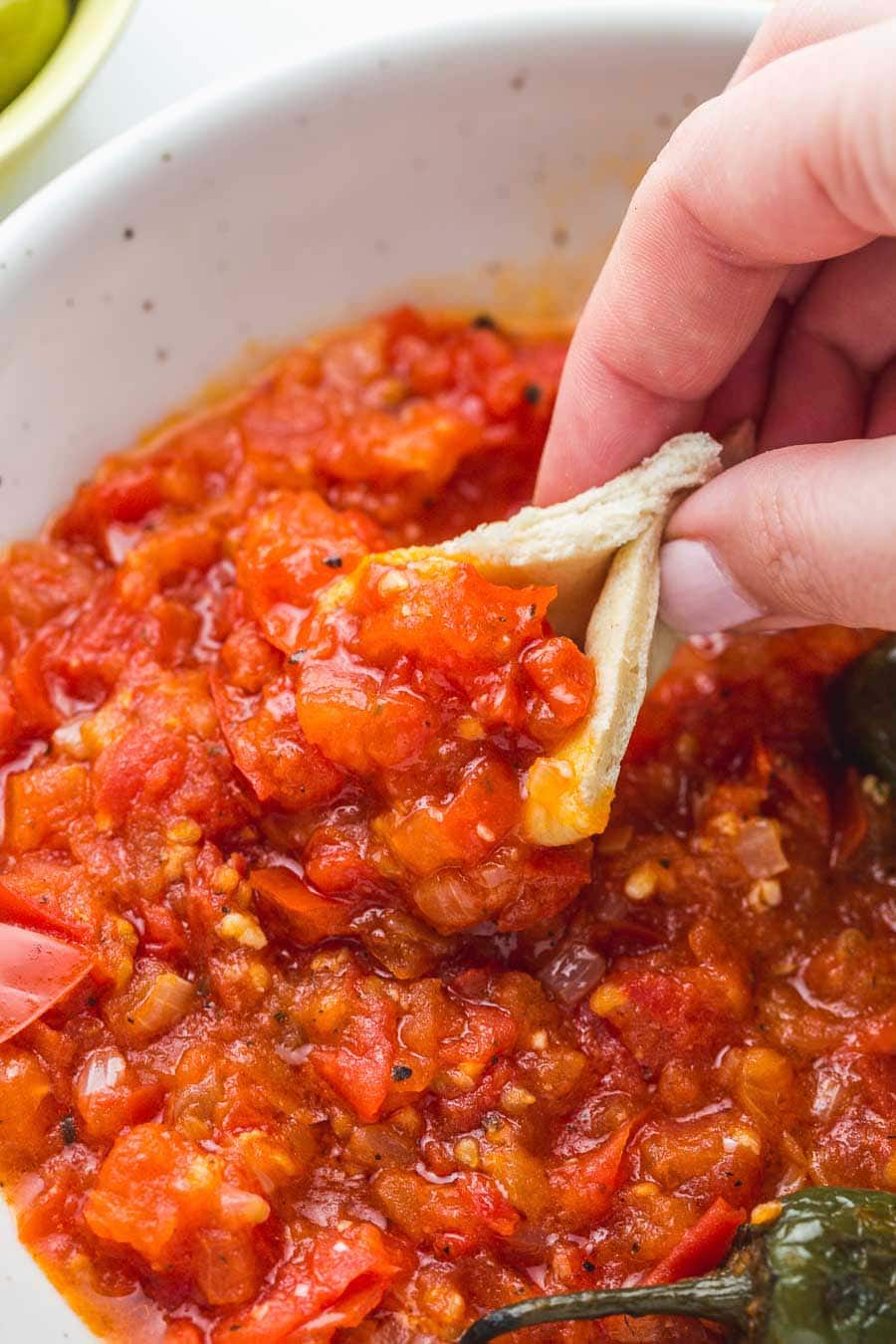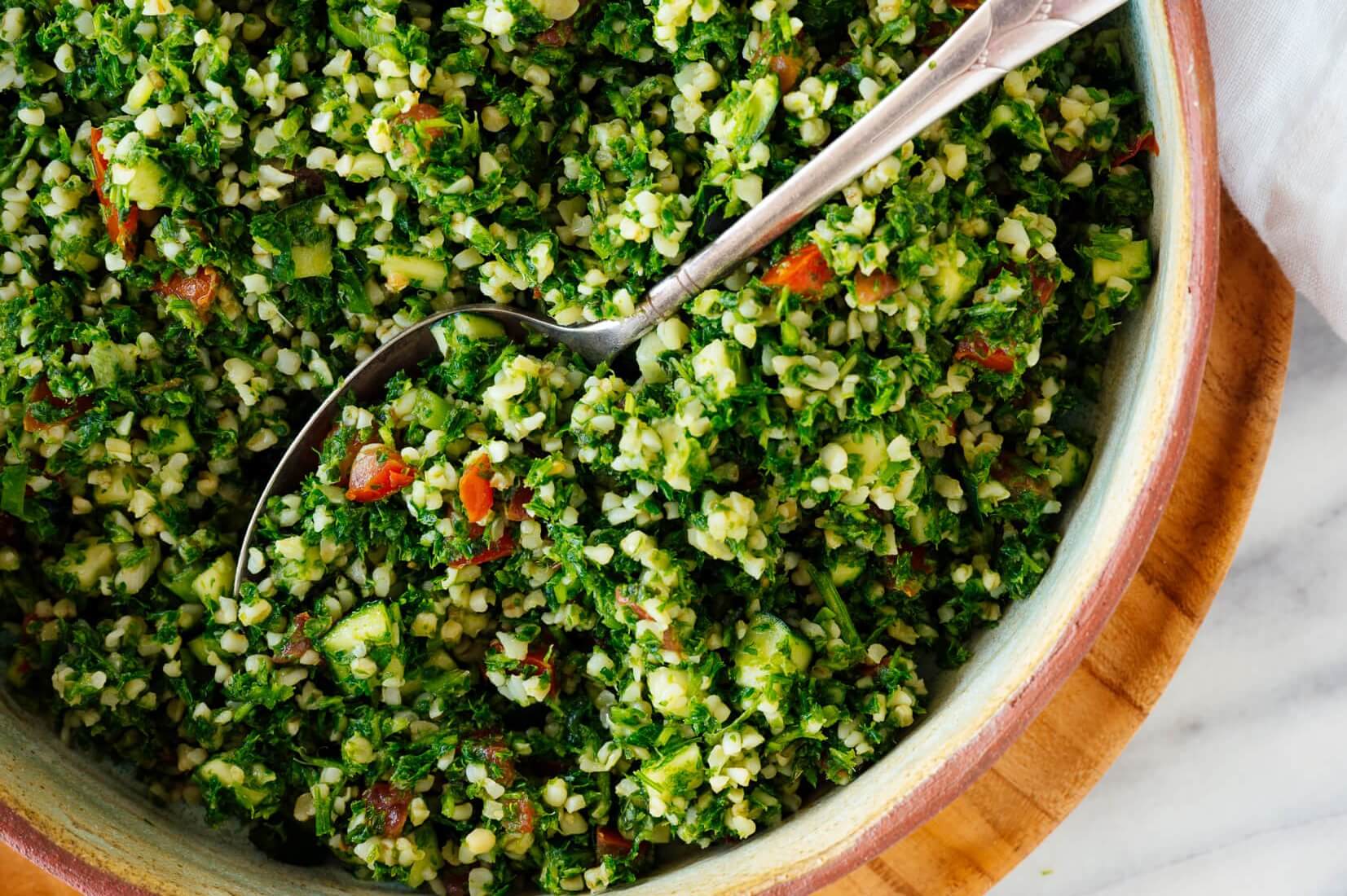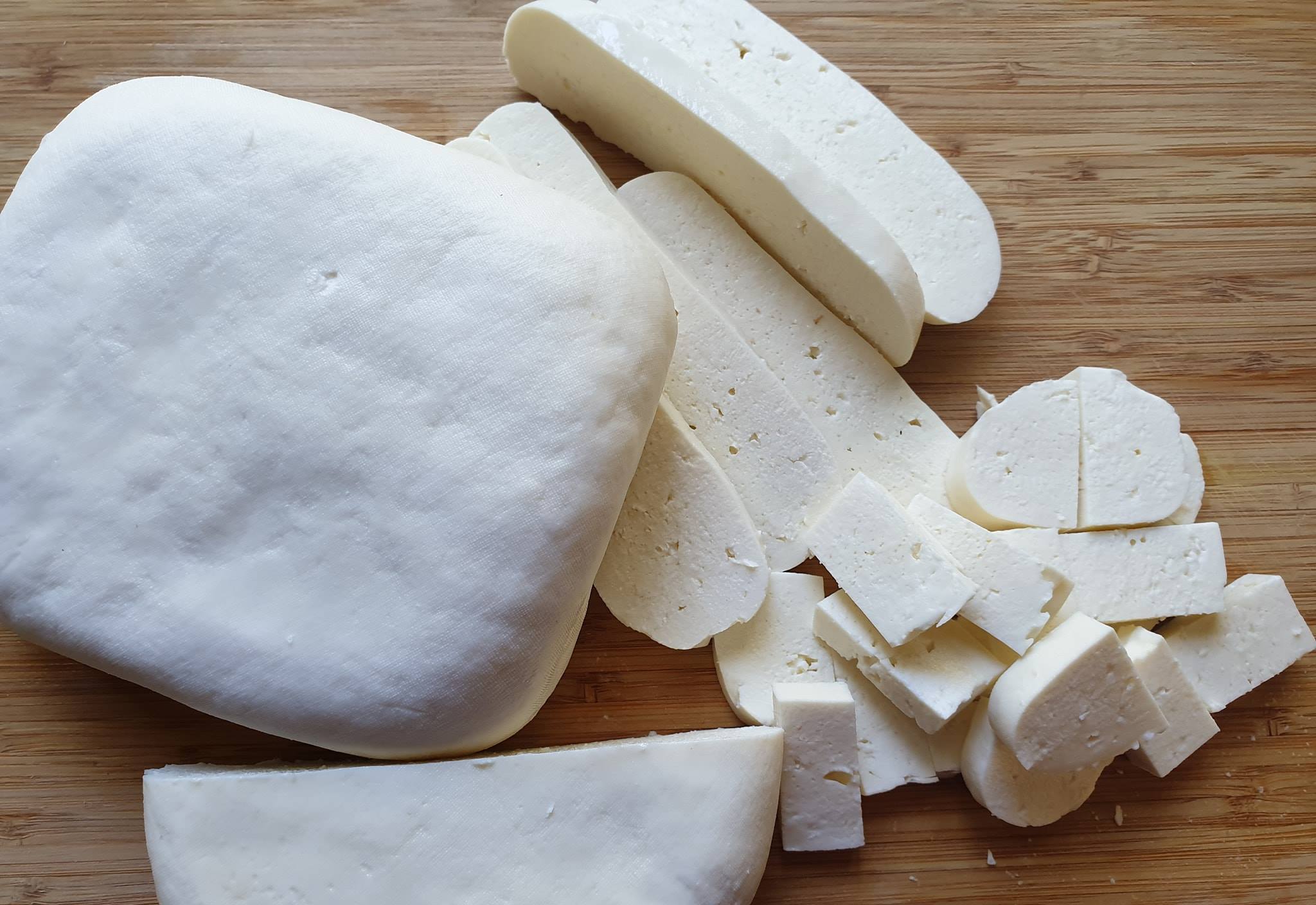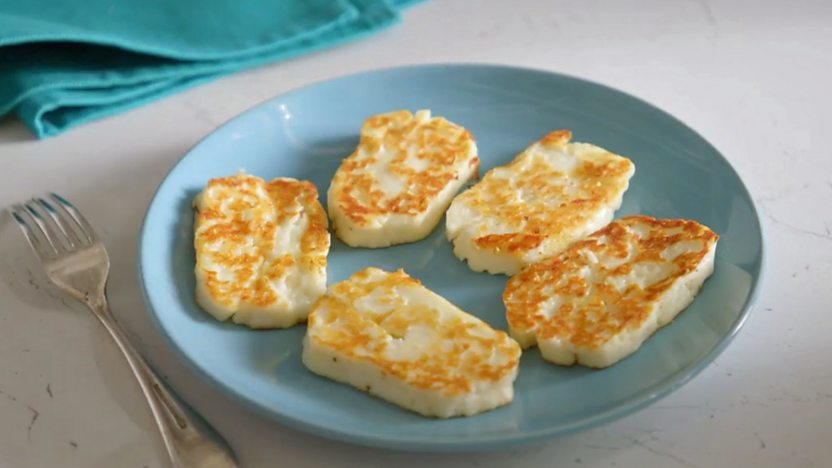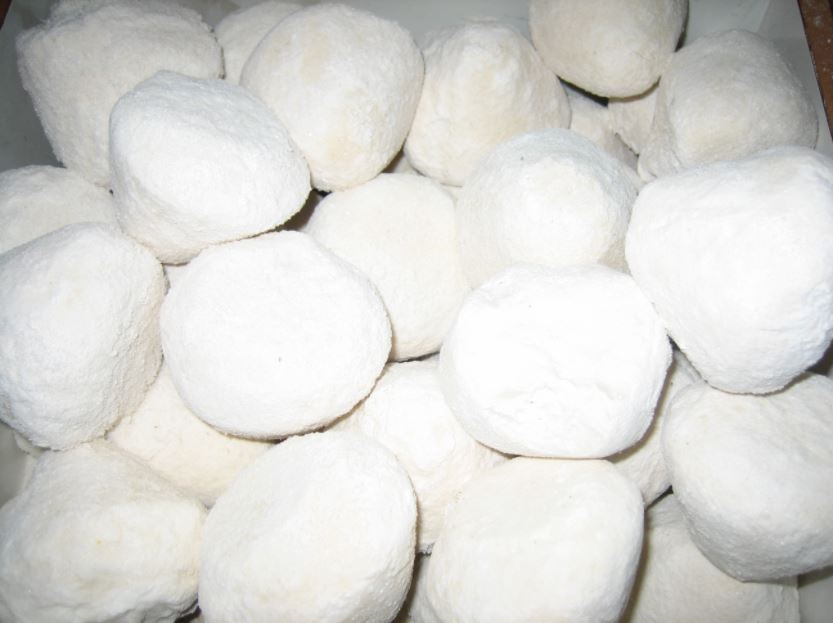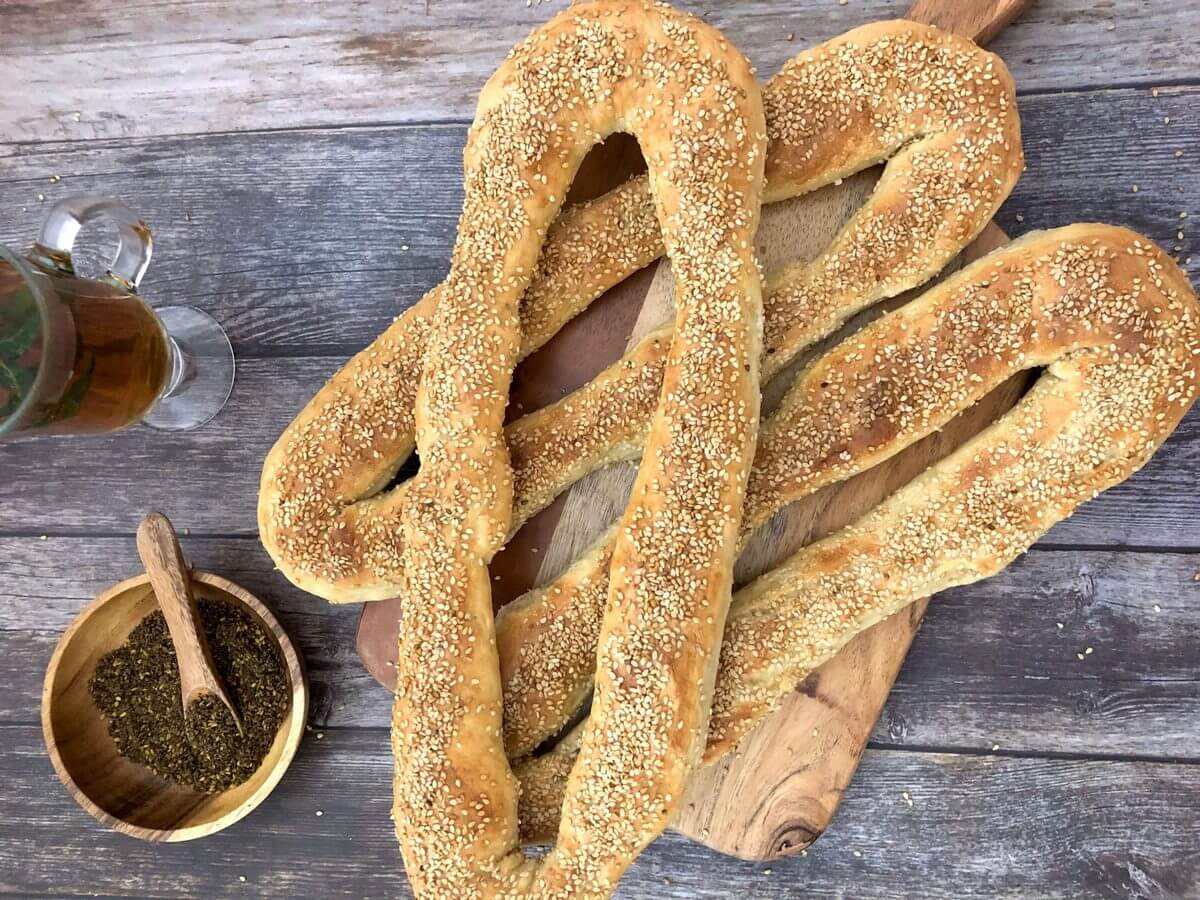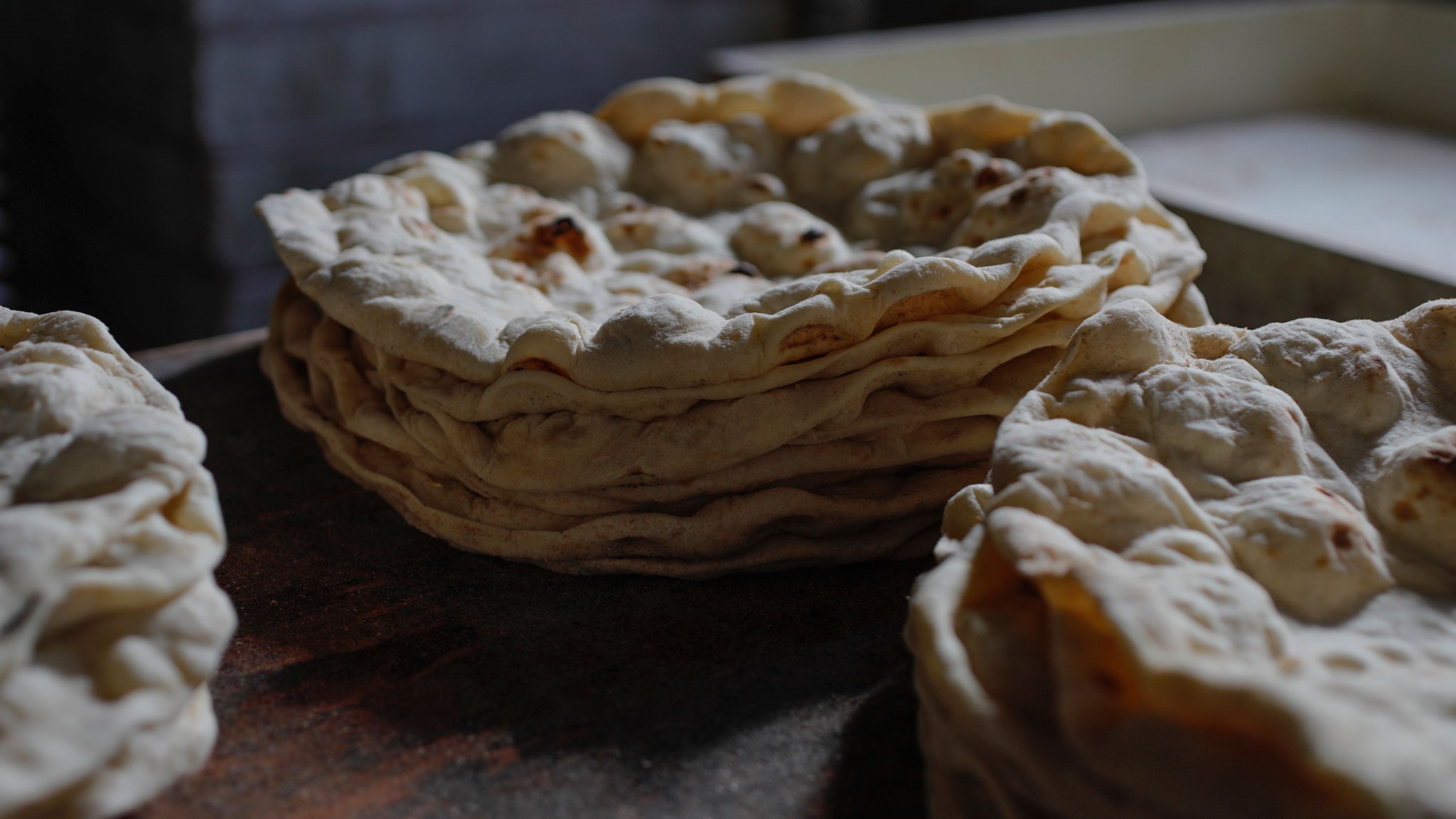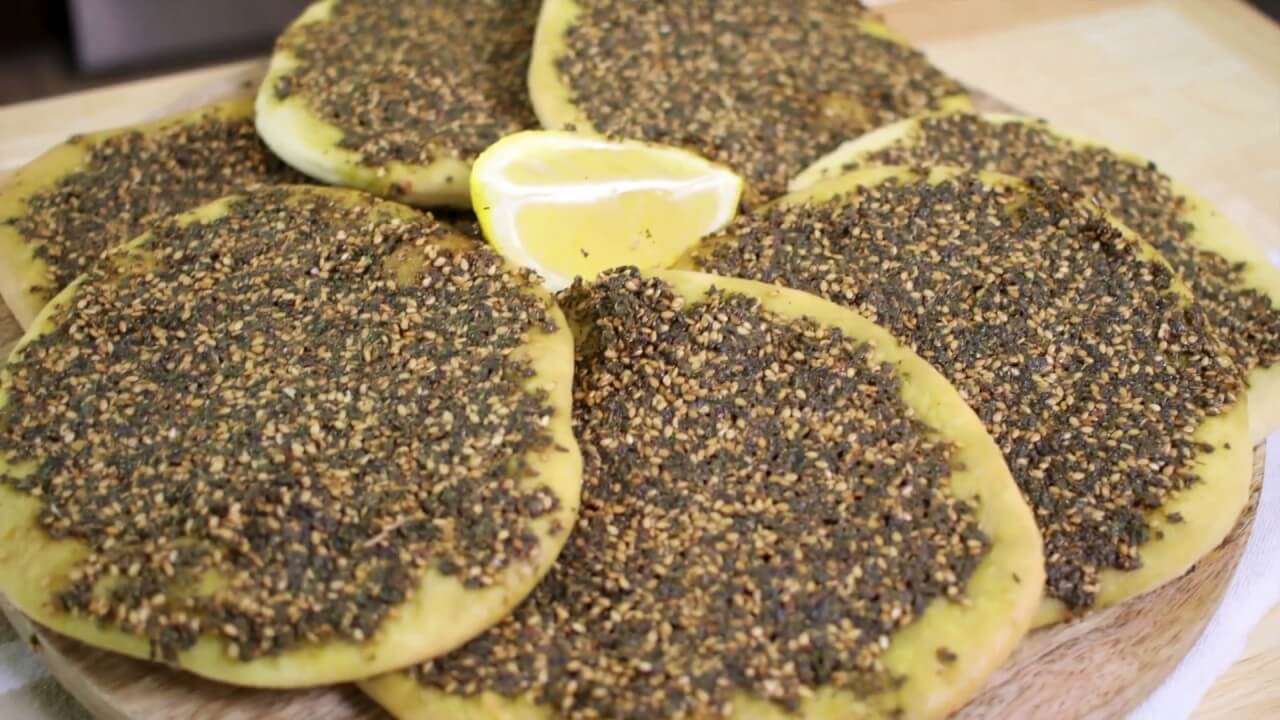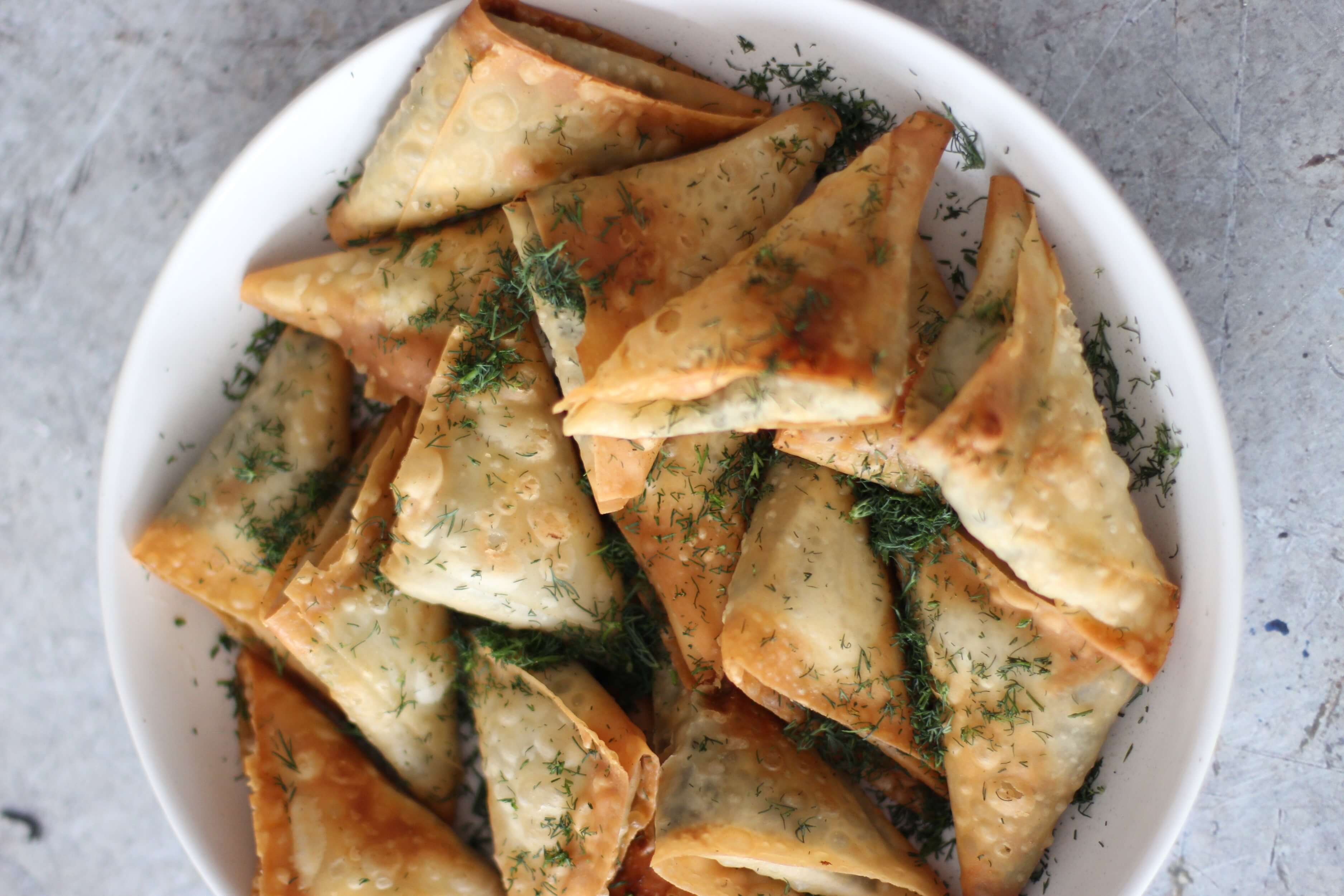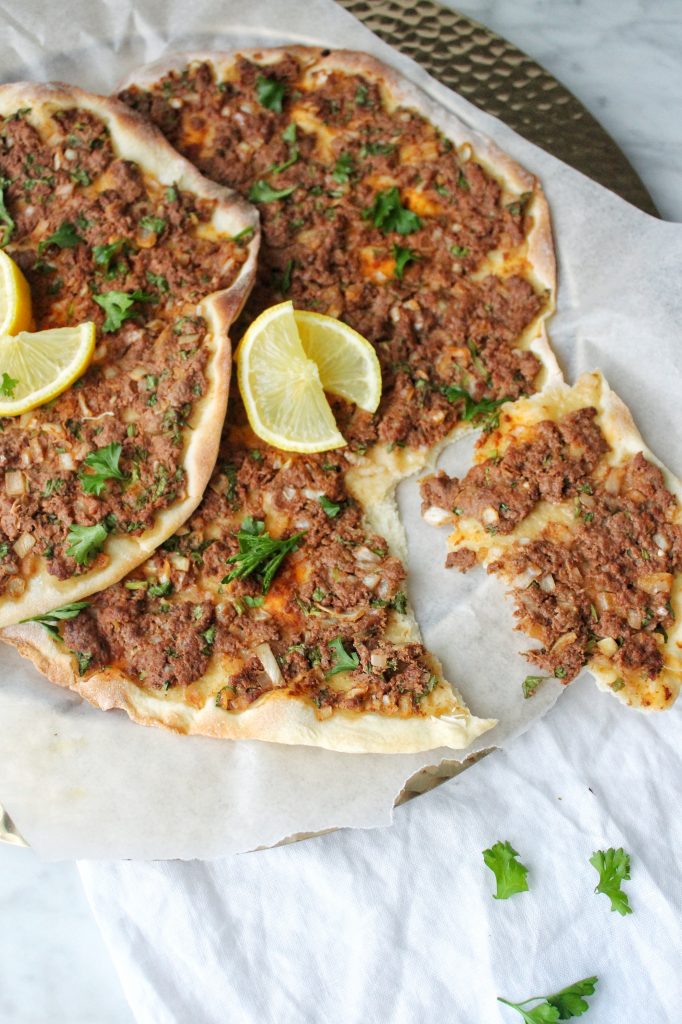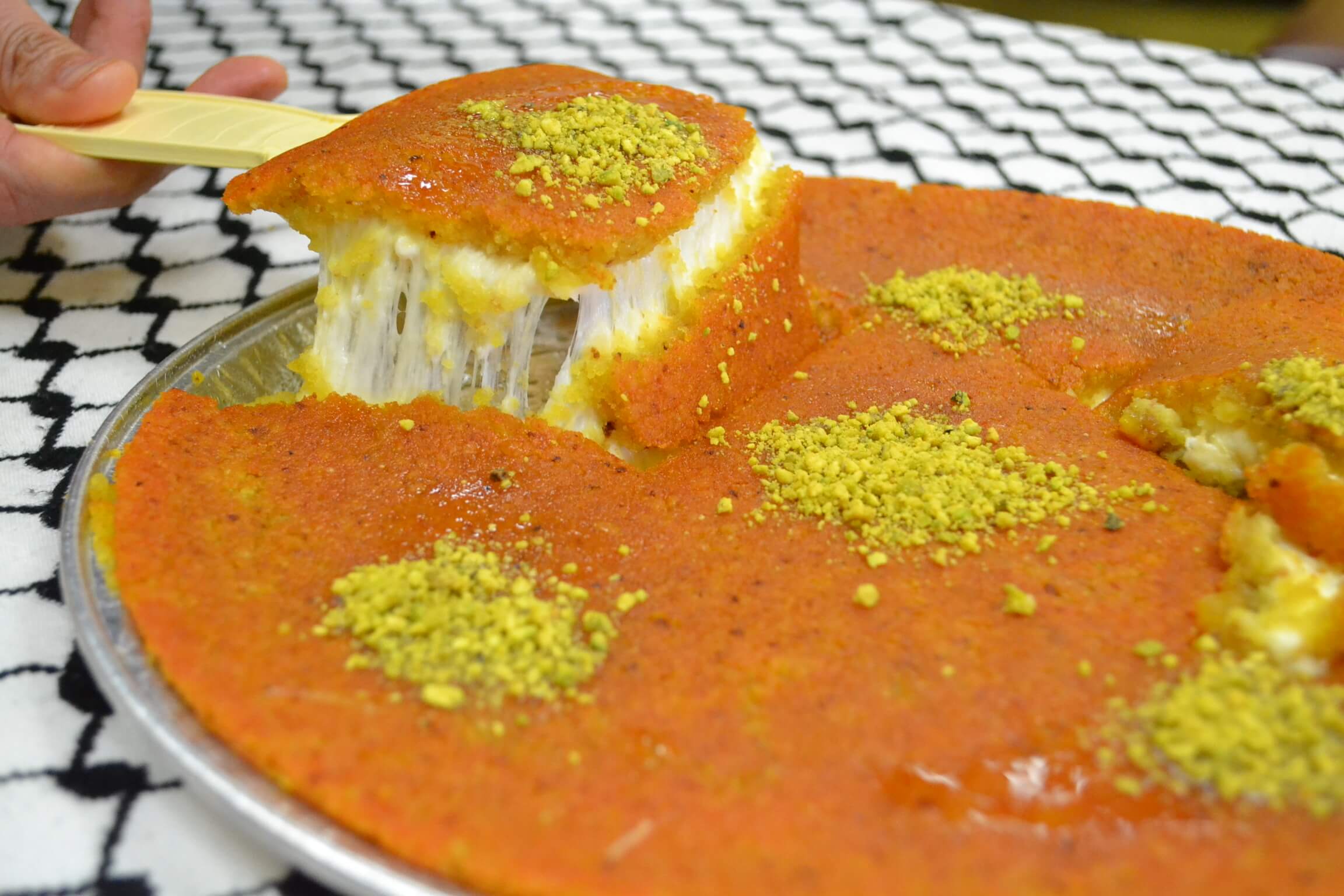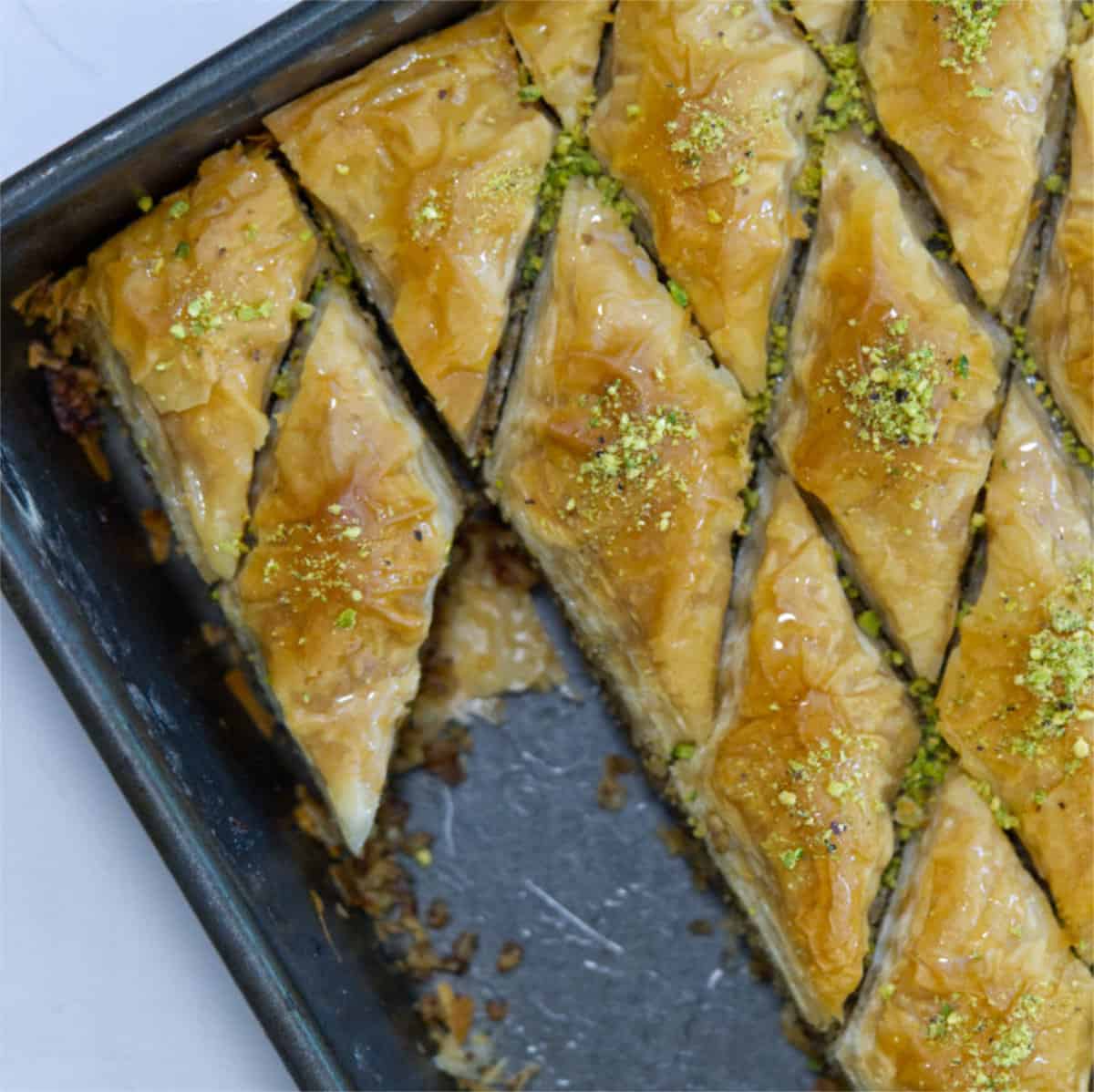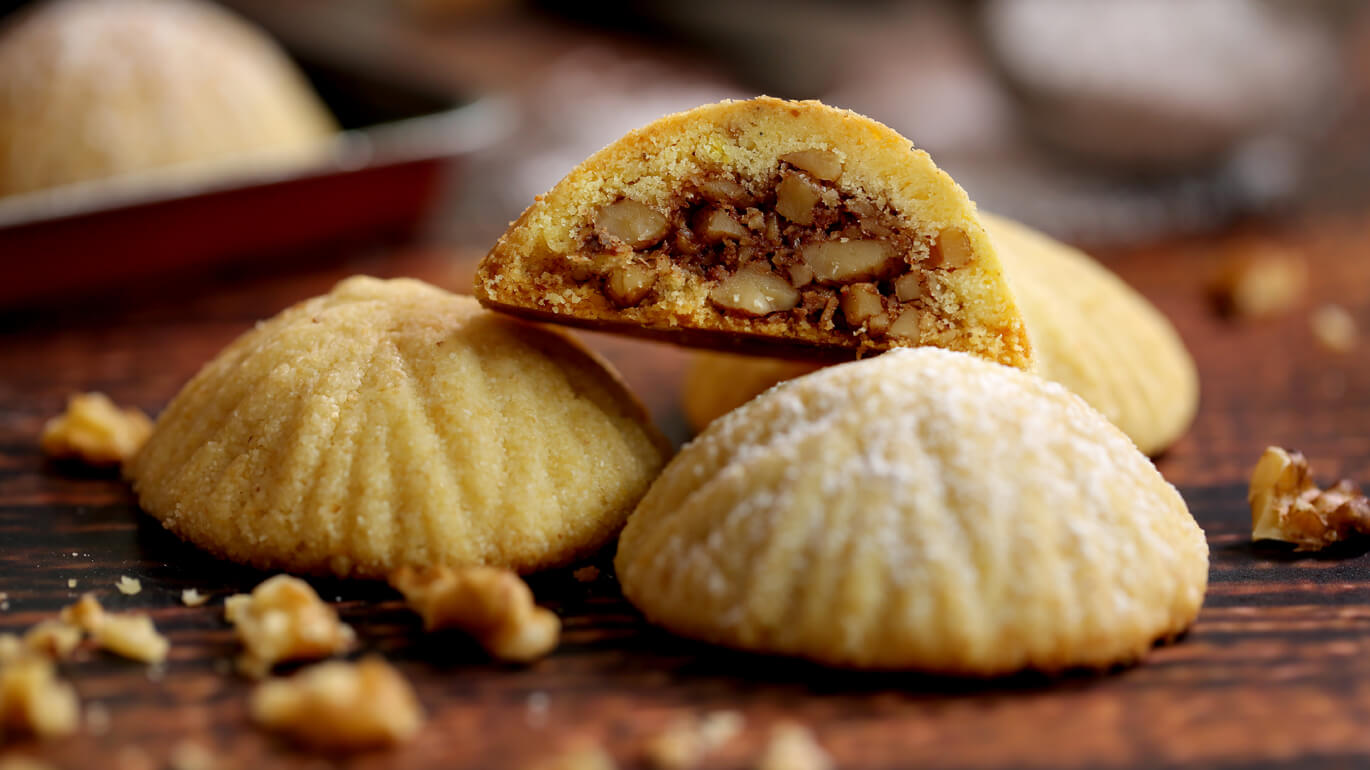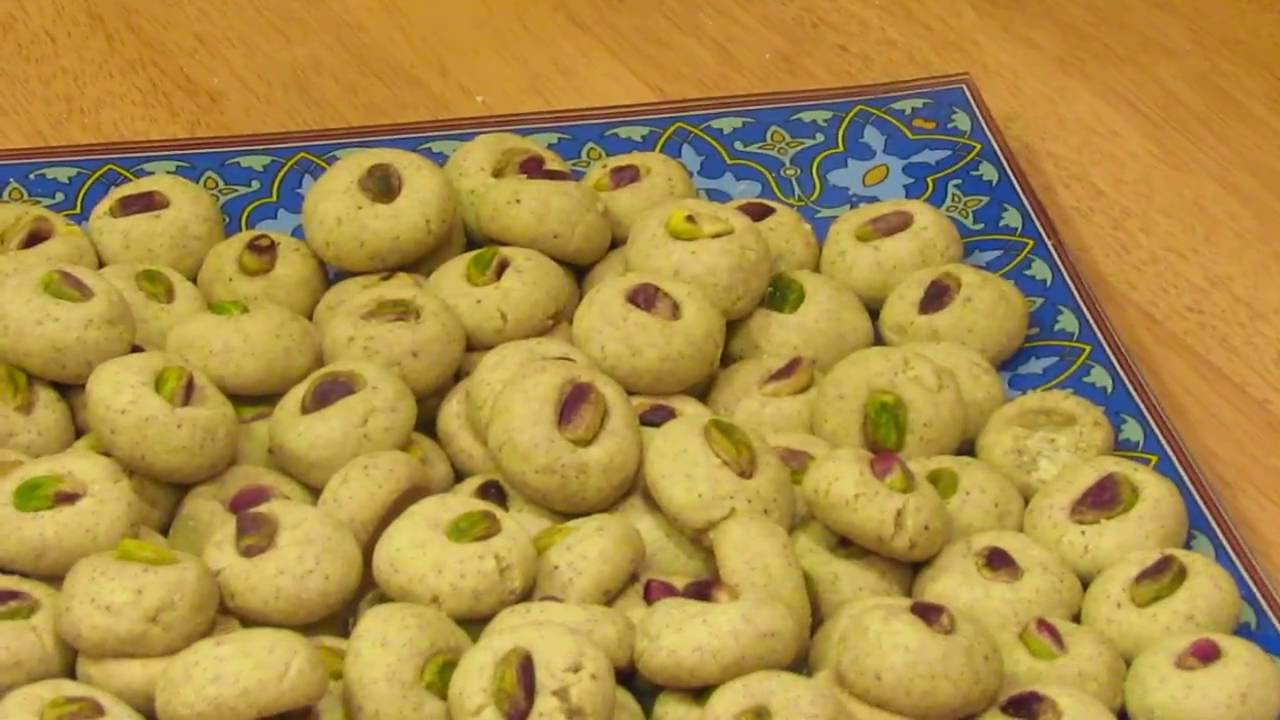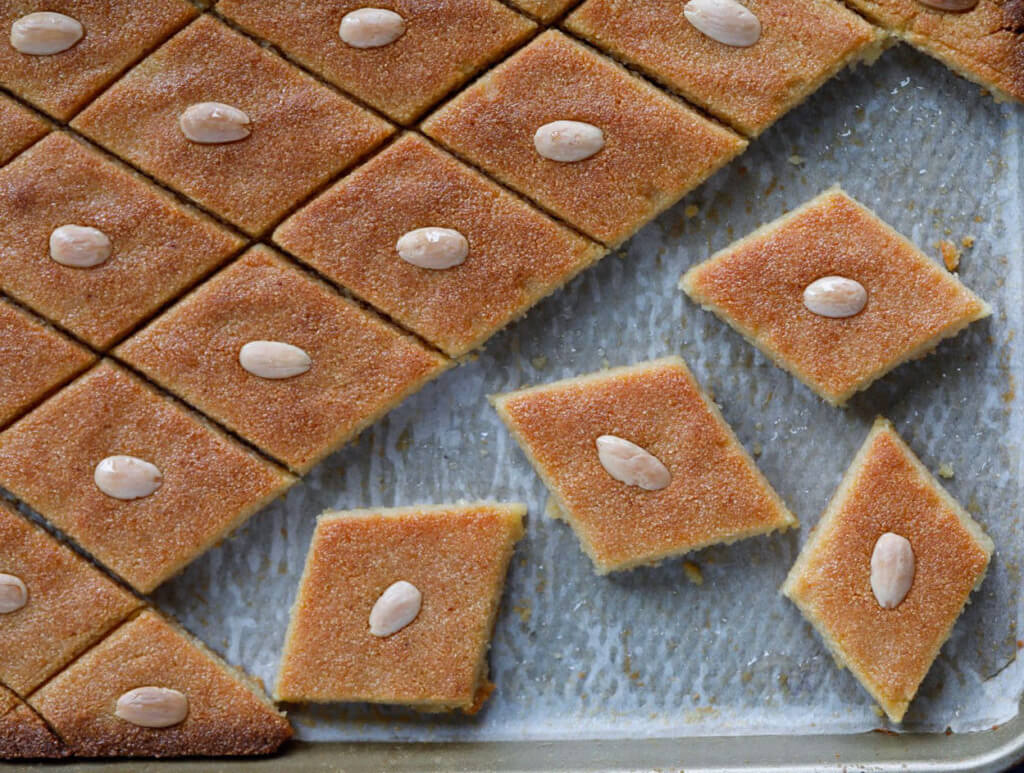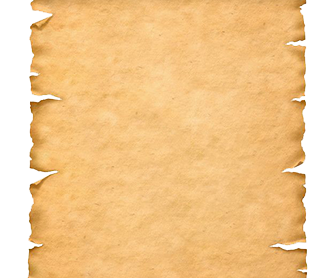Rashida Tlaib (1976- ) is a Palestinian-American politician and lawyer, serving as the U.S. Representative for Michigan’s 13th congressional district as of 2019. Prior to being elected to Congress, she represented Michigan’s 6th and 12th districts of the Michigan House of Representatives. She is the first Palestinian-American woman elected to Congress and one of the first two Muslim women elected to Congress (alongside Representative Ilhan Omar).
Tlaib is a member of the Democratic Party and also a member of the Democratic Socialists of America.
Born in Detroit, Tlaib is the eldest of fourteen children born to working-class Palestinian parents. Her mother was born near Ramallah and her father in East Jerusalem. Tlaib is the first person in her family to graduate from high school and also college. In 1998, she graduated from Wayne State University with a Bachelor of Arts in political science and in 2004, she earned a Juris Doctor from Western Michigan University Cooley Law School. Tlaib’s political career began in 2004 when interning for State Representative Steve Tobocman. She was elected to his vacated seat in 2008, and won reelection in 2010 and 2012. She was the second Muslim woman to serve in American state legislature. She then worked as an attorney and advocate for the Sugar Law Center for Economic and Social Justice in Detroit. At the non-profit, Tlaib worked on campaigns aimed at fighting Arab and Muslim discrimination, as well as progressive economic and environmental issues.
In 2018, Tlaib announced her intent to run for Congress. After winning the general election, she was sworn in on January 3, 2019. The thobe she wore during the ceremony inspired the viral #TweetYourThobe campaign, motivating Palestinian women worldwide to share photographs of traditional Palestinian dress on social media.
Jelena Noura “Gigi” Hadid (1995- ) and Isabella Khair “Bella” Hadid (1996- ) are American fashion models, both signed to IMG models. The sisters were raised in Los Angeles. Their father, Mohamed Hadid, is a Palestinian real estate developer from Nazareth and their mother, Yolanda Hadid, is a Dutch model from Papendrecht. Through their father’s ancestry, they claim descent from Daher Al Omer, Prince of Nazareth and Sheikh of the Galilee.
Gigi began modeling with Baby Guess of Guess clothing at two years old, later focusing on school but returning to modeling in 2011. She signed with IMG Models in 2013, and in 2014 made her first New York Fashion Week appearance. She has walked for designers such as Versace, Marc Jacobs, Michael Kors, Chanel, Jean Paul Gaultier, and Max Mara, Fendi, Elie Saab, Miu Miu, and Giambattista Valli, among others. She has walked in the Victoria’s Secret Fashion Show multiple times, served as a global brand ambassador for Tommy Hilfiger, and also hosted the American Music Awards and iHeart Radio Much Music Festival. In 2016, Donatella Versace awarded her the International Model of the Year award at the British Fashion Awards. She has been the face of multiple Vogue covers, and drew international attention for her Vogue Arabia cover.
Bella Hadid began modeling at the age of 16, starting with a Flynn Skye commercial project. She signed with IMG Models in 2014 and made her new York Fashion Week debut in the same year. She has walked for designers such as Chanel, Tom Ford, Marc Jacobs, Oscar de la Renta, Givenchy, Tommy Hilfiger, Ralph Lauren, Michael Kors, Philipp Plein, Balmain, and Diane von Fürstenberg, among others. She has appeared on multiple Vogue covers, walked in the Victoria’s Secret Fashion Show, and served as an ambassador for Dior Beauty and Bulgari.
Justin Amash (1980- ) was born in Grand Rapids to a Palestinian Christian father and a Syrian Christian mother. He earned his Bachelor of Arts in economics with High Honors from the University of Michigan, and his Juris Doctor from the University of Michigan Law School in 2005.
In 2008, he was elected to the Michigan House of Representatives. In 2010, he ran for the U.S. House of Representatives. In October of that year, Amash was featured in Time magazine’s “40 under 40 – Rising Stars of U.S. Politics” list, and at age 30 was the youngest federal officeholder on Time’s list in America. Amash won the general election, and was reelected to Congress in 2012, 2014, 2016, and 2018. He is known for his attendance, having missed only one of thousands of roll call votes, and his ardent defense of American civil liberties.
Mahmoud Darwish (1941-2008) was a poet regarded as the Palestinian national poet. Born in Al-Birwa, Mandatory Palestine, his grandfather taught him to read. During the Nakba, his family fled to Jezzin and then Damour in Lebanon. Because they missed the Israeli census, he and his family were deemed “present-absentees.” A year later, his family secretly returned to Deir Al-Asad in Israel. He eventually moved to Haifa.
In the 1960s, he joined the Community Party of Israel, and in 1970 moved to Russia to study at the University of Moscow for one year. Afterwards, he moved to Cairo and lived back and forth between Beirut and Paris until returning to Israel in 1996. He settled in Ramallah.
His first collection of poems, Leaves of Olives, was published in 1964 at twenty-two years old. In 1965, he performed his most famous poem, “Identity Card,” for the first time, and it spread throughout the Arab world within days. He went on to publish approximately thirty collection of poetry and prose, translated into more than twenty-two languages.
He served as an editor for a PLO monthly journal and the director of its research center. He was appointed to the PLO executive committee in 1987, and resigned out of opposition to the Oslo Agreement in 1993. In 1997, he began serving as the editor-in-chief and founder of Al-Karmel.
Honors and awards include the Ibn Sina Prize, the Lenin Peace Prize, the 1969 Lotus prize from the Union of Afro-Asian Writers, France’s Knight of Arts and Belles Lettres medal in 1997, the Lannan Foundation’s Prize for Cultural Freedom in 2001, the Moroccan Wissam of intellectual merit handed to him by King Mohammad VI of Morocco, and the USSR’s Stalin Peace Prize.
Darwish died following heart surgery in Houston, Texas in 2008. The Mahmoud Darwish Foundation was established the same year.
Born in Anbata to the town’s mayor, Sami Khalil received her primary education in Nablus, Tulkarm, and Ramallah. She enrolled in Beirut Arab University to study Arabic literature in her 40s, but dropped her studies because occupation policies following 1967 precluded traveling to take her final exams.
She re-emerged as a prominent humanitarian figure after the Naksa, when she again encouraged women to engage in emergency charity response. She was the founder of the Arab Women’s Union in 1952, co-founder and President of the Family Revival Society, secretary of the Executive Committee of the General Union, and member of the Palestine National Council. Much of her fame came from her work with the Family Revival Society, which sought to provide vocational training programs for women . The original budget of $140 has grown to an annual budget of $6 million.
Khalil became a member of the command council of the Palestinian National Front in 1973, and in 1979 was elected the only female member of the National Guidance Committee. Further, she was an honorary member of the Union of Arab Lawyers as well as the Arab Women’s Union. Throughout her lifetime she was arrested multiple times, imprisoned twice, and placed under house arrest. Khalil represented Palestinian women in twenty congresses worldwide. She received the Jerusalem Medal for Culture, Arts and Literature in 1991. In 1996, she challenged Yasser Arafat in the first Palestinian presidential elections and gained over 11% of the vote. The four objectives of her work were: educating children, enabling mothers to work, enshrining volunteer work principles, and preserving heritage.
Abd al-Hamid Shuman (1988-1974) was the founder of the Arab Bank and lauded for charity work which supported various communities throughout the Middle East. He was born in the Jerusalem neighborhood of Beit Hanina. Though he attended the local primary school, he began working at nearby stone quarries and did not continue his studies. Shuman emigrated to the United States in 1911, working as a salesman and then opening a self-titled clothing factory in New York City.
Throughout his time in the US, Shuman published Arabic newspaper Al-Dabbur and spearheaded various fundraising efforts to serve local Arab communities as well as monetarily support national movements abroad in Syria and Palestine. He returned to Palestine in 1929 and founded the Arab Bank in 1930.
Shuman served as a member and treasurer of the Higher Muslim Council’s Central Committee to Aid Palestinian Victims. At a national committees conference in 1936, he was one of five delegates who represented the National Committee of Jerusalem. Further, he was an elected member of the Supply and Boycott Committee which aided those suffering from the Great Palestinian Rebellion. He was arrested multiple times by British authorities.
Following the Nakba, Shuman managed to save the thousands of deposits held within his bank as well as open various branches in foreign countries. In 1978, the Abd al-Hamid Shuman Foundation was established according to his desire for a cultural foundation to be established after his death. The foundation is located in Amman, and features prominent sections such as the Abd al-Hamid Shuman Cultural Association, the General Library and Data Systems, the Children’s Library, and the Arts Center.
Shuman himself is buried beside the al-Aqsa Mosque. The Arab Bank now serves as the world’s most important Palestinian financial institution, and finances cultural programs and scholarships in several Arab countries.
Dr. Farouk Shami (1942- ) is a Palestinian-American businessman and the founder of Farouk Systems, the hair care and spa products company. Born near Ramallah in Beit Ur-al Tahta, Farouk spent much of his early life in Palestine. In 1956, he immigrated to the United States with $71 and later attended cosmetology school in Arkansas.
Shami served as an active board member of the American Task Force on Palestine. In 2009, he ran in the Democratic Primary for governor of Texas. Known for giving back to his various communities, Shami has established a factory in Ramallah as well as aiding fellow hairdressers by building schools for education and manufacturing plants.
Shami is the first hairdresser to: receive a Doctor of Beauty (Honorary Ph.D. of Arts by SeoKyeong University in Korea), invent the first ammonia-free hair coloring product, utilize NASA technology to develop hair care and styling tools, and own twenty-three patents. He was also appointed Special Representative and Adviser for International Affairs of National Defense University. He was named Entrepreneur of the Year in 2013 and recently established the Farouk Shami Foundation for Peace Farouk systems currently serves 144 countries worldwide, and has an estimated revenue of over $1 Billion.
Walid Khalidi (1925) is a Palestinian historian who specializes on the Palestinian exodus. Born in jerusalem, he went on to study at the University of London (B.A., 1945) and the University of Oxford (M.Litt. 1951). He taught at the Faculty of Oriental Studies in Oxford until transferring to a teaching position at the American University of Beirut. In 1963 he co-founded Beirut’s Institute for Palestine Studies, the oldest independent non-profit research institute in any Arab country. His work Before Their Diaspora (1984) utilizes nearly 500 photos to chronologize and memorialize five historical periods of Palestinian life prior to 1948. He is also the author of All That Remains, the authoritative reference detailing the more than 400 villages depopulated or destroyed in 1948. His research on the losses of Haifa and Deir Yassin is considered groundbreaking. Khalidi has served as a fellow at Princeton and Harvard University, prior to his retirement in 1977 He contributed to the founding of Amman’s Royal Scientific Society (1966) and Beirut’s Center for Arab Unity Studies (1975). Further, he is a founding member of the Palestinian Welfare Association (1982) and the Center for Christian and Muslim Understanding at Georgetown University (1993). He is currently chairman of the Board of Trustees of Jerusalem’s Friends of the Khalidi Library, which is home to the largest Palestinian collection of Islamic manuscripts. Khalidi is the recipient of the Palestinian Heritage Foundation’s award, the Order of Al Istiqlal from the Hashemite Kingdom of Jordan, and the Jerusalem Prize (1998) from the Palestinian National Authority.
Edward Said (1935-2003) was a Palestinian American political activist, scholar, and pioneering literary critic. He is best known for founding the academic field of post-colonial studies. This area of literary criticism was spearheaded by his book Orientalism (1978), which explores Eurocentric perspective of inherent Middle Eastern “otherness” that shapes Western narratives of the Orient. Born in Jerusalem in Mandatory Palestine to an army veteran father with American citizenship, Said attended English-speaking schools in Cairo before emigrating to the United States in 1951. He later attended Princeton University (B.A., 1957) and Harvard University (M.A., 1960; Ph.D., 1964). After being initially hired by Columbia University as an English lecturer in 1963, he published his first book, Joseph Conrad and the Fiction of Autobiography, in 1966. He went on to become a full professor in 1969. Said spoke at over 200 universities in his lifetime, and served as a visiting professor at Harvard, Johns Hopkins, Yale, and a Fellow at Stanford University. In 1977, he was elected to the Palestinian National Council. As an accomplished pianist, he authored and co-authored four music books and was fluent in English, Arabic, and French. Said continued teaching at Columbia University until his death from leukemia in 2003. Following his passing, friend Mahmoud Darwish eulogized his death with a public poem. Said is championed as one of America’s greatest advocate for Palestinian rights and an independent Palestine, and one of the twentieth century’s greatest intellectuals.
Ghassan Kanafani (1936-1972) was an influential author and prominent member of the Popular Front for the Liberation of Palestine. Born in Akka, Mandatory Palestine, he was educated at a French Catholic missionary school in Jaffa before his family was forced to flee from their home in 1948, first to Lebanon and then to Damascus, Syria. In 1952 he received an UNRWA teaching certificate, and taught the art of short storytelling to children in Palestinian refugee camps. While enrolled within the Department of Arabic Literature at the University of Damascus, he became influenced by Dr. George Habash, founder of the PFLP. After expulsion from the Department due to his involvement with the PFLP’s precursor, the Arab Nationalist Movement, he moved to Kuwait in 1956 and again pursued teaching.
Kanafani is considered a pioneer of Palestinian Resistance Literature (adab al-muqawama). His fictitious works are written in straightforward style and greatly emphasize struggles of everyday Palestinian life, and have inspired an entire generation of Palestinian youth. In addition to hundreds of articles, Kanafani published eighteen books before his death – the most famous of which, Men in the Sun (1962), is widely lauded for its depiction of the Palestinian refugee experience. In July of 1972, Kanafani and his niece were assassinated by Mossad. He is remembered as one of the greatest modern Arabic authors, and his works have been translated into seventeen different languages and published in twenty countries worldwide.
Jabra Ibrahim Jabra (1920-1994) was a Palestinian-Iraqi author, poet, art critic, artist, translator, and intellectual. He was born in Bethlehem, Mandatory Palestine, to a Syrian-Orthodox family. His family moved to Jerusalem, where he attended the Arab College. He later studied at the University of Exeter and then Cambridge, graduating in 1943 with a Bachelor of Arts in English Literature, and a Master of Arts in 1948. From 1943-1948, he taught English Literature in Jerusalem. After losing his home during the Nakba, he taught in exile in Iraq at the College of Arts of the University of Baghdad. Further, he received a Rockefeller fellowship to study literary criticism at Harvard University for two years.
He was a major contributor of the Iraqi art movement and was an active member of the Baghdad Modern Art Group. From 1954-1977, he served as the appointed head of publications at the Iraq Petroleum Company in Baghdad.
Though better known for his writings which focused on modernism and Arab society, Jabra was nonetheless a pioneering Palestinian artist, using oil paint on less commonly-used media and having opened his home in Bethlehem for anyone who wished to see his paintings. He was also a founding member of the One Dimension Group, which projected a rejection of Western art forms and embraced a fusion of individual nationalism and Arab identity. In 1977 he was appointed cultural counselor at the ministry of Culture and Information, and also served as president of the League of Iraqi Art Critics.
Over his lifetime, Jabra produced approximately sixty literary works in English and Arabic. He also translated thirty books from English into Arabic, including various Shakespeare plays. His own literary works have been translated from Arabic into English, French, Spanish, Italian, Slovac, and Serbo-Croatina.
Awards Jabra received include the targa Europa Award for Culture (1983), the Sultan Oweis Cultural Award for Literary Criticism (1989), the JErusalem Medal for Culture, Arts, and Literature (1990), the First Class Recognition Medal (1991), and the Thornton Wilder Award for Translation (1991).
Samia Halaby (1936) is a a leading abstract painter and an influential scholar of Palestinian art, known as one of the Arab world’s leading contemporary painters. Born in Jerusalem, Mandatory Palestine, She graduated with a Bachelor of Science in Design from the University of Cincinnati (1959) and from Indiana University with a Masters in Fine Art (1963). With a grant from the Kansas City Art Institute, Halaby returned to Palestine and in addition visited Syria, Turkey, and Egypt in 1966 to study Islamic architecture. Her 1999 and onward series “The Kafr Qasem Drawings” is born from interviews conducted with survivors and surviving relatives of the Kafr Qasem massacre victims. Her abstract creations are often inspired by nature, especially trees native to Palestine. Since the 1970s, her works have been collected by institutions such as the Solomon R. Guggenheim Museum of Art,; Yale University Art Gallery; National Gallery of Art, Washington D.C.; Art Institute of Chicago; Cleveland Museum of Art; Institut du Monde Arabe; and the British Museum. Her solo shows include Ayyam Gallery, Al Quoz, Dubai (2017); Birzeit University Museum, Ramallah (2017); Beirut Exhibition Center, Lebanon (2015); Ayyam Gallery, London (2015, 2013); Ayyam Gallery, Al Quoz, Dubai (2014); Ayyam Gallery, DIFC, Dubai (2011); and Ayyam Gallery, Beirut (2010). Further, recent group shows include Katzen Art Center, American University Museum, Washington, USA (2017); Palestine Museum, Birzeit, Palestine (2017); Galerie Tanit, Munich, Germany (2017); The School of Visual Arts, New York, USA (2017); Ayyam Gallery, DIFC, Dubai (2017); Zürcher Gallery, New York, USA (2016); 3rd Qalandiya International Biennial (2016); Darat Al Funun, Amman (2015); the National Academy of Arts, New York (2015); The Guggenheim Museum, Abu Dhabi (2014); Broadway 1602, New York (2014); and Institut du Monde Arabe, Paris (2009).
In addition, Halaby served as the first full-time female associate professor at the Yale School of Art, and contributed a groundbreaking studio art program to art departments throughout the American midwest. Her survey Liberation Art of Palestine: Palestinian Paintings and Sculpture in the Second Half of the 20th Century (2001) is considered a pioneering work of Palestinian art history. She is the subject of the film “Samia” (2008), and has produced over 3,000 works, including paintings, sculptures, and drawings.
Born in Beirut to Palestinian parents, Hatoum was not eligible for a Lebanese Identification Card. After drawing throughout her childhood, she studied graphic design at Beirut university College for two years. In 1975, civil war began in Lebanon while Hatoum was in London, and she was unable to return to Beirut.
From 1975 to 1981, Hatoum trained at the Byam Shaw School of Art and the Slade School of Fine Art.
Her art focuses on juxtapositions and contradictions, exploring themes of human struggle in conflict and displacement. Her early work highlighted individual vulnerability within violent institutional structures. Her 1988 video piece Measures of Distance underscores the physical and emotional separations imposed by wars in Palestine and Lebanon, as well as challenges stereotypes of Arab women.
Hatoum’s solo exhibitions include: Centre Pompidou, Paris (1994), Museum of Contemporary Art, Chicago (1997), The New Museum of Contemporary Art, New York (1998), Castello di Rivoli, Turin (1999), Tate Britain, London (2000), Hamburger Kunsthalle, Kunstmuseum Bonn, Magasin 3, Stockholm (2004) and Museum of Contemporary Art, Sydney (2005), Parasol Unit, London (2008), Darat Al Funun, Jordan (2008), Fondazione Querini Stampalia, Venice (2009), Beirut Art Center (2010), and the Menil Collection (2017). The Tate Modern gallery of London held a comprehensive history of her work, including performances, ideos, sculptures, and installations, in 2016. In 2015, she was awarded the 10th Hiroshima Art Prize.
Sari Khoury (1941-1997) was a Palestinian-American abstract expressionist artist who largely used acrylic, oil, and charcoal in his works. He was born in Jerusalem, Mandatory Palestine. After the Nakba, his family became refugees and he spent the remainder of his time in Palestine in Bir Zeit. At age 17, he immigrated to the United States with a fine arts scholarship to Ohio Wesleyan University, where he earned a Bachelor of Arts in 1963. In 1965, he then earned a Master of Fine Arts at Cranbrook Academy of Art in Detroit.
Khoury taught as a professor of art at Berea College in Kentucky and at Central Michigan University in Michigan.
His artwork encompasses various elements of his cultural roots, such as Arab writing, Islamic design, and Byzantine motifs. Khoury exhibited his pieces across the US and internationally, including in Germany, Japan, and Sweden.
Exhibitions include fifteen solo exhibits (some posthumous) and over forty group exhibits. Khoury participated in an exhibit titled It is Possible in 1988, invited due to his dedication for a dignified and equitable solution in Palestine.
Sari was commissioned by the Arab Community Center for Economic and Social services to paint a mural illustrating Arab-American life in 1987.
In 1992, Sari received an award for his contributions to the arts in Wayne Country, Michigan. He was also invited to participate in an Arab-American Artists series at the Detroit Institute of Arts in 1995. In 2008, the Arab American National Museum honored him with a retrospective. Today, many of his archived materials are held at the Bentley Historical Library at the University of Michigan.
Ismail Shammut (1930-2006) was a Palestinian artist and art historian. Born in Lydda, Mandatory Palestine, his artistic talents were discovered at an early age. Elementary teacher Dawud Zalatimu taught him how to draw with pencil and ink, paint with watercolors, and sculpt in limestone.
Shammut began decorating wedding dresses, soon thereafter opening his own shop which served as his first studio. After the Nakba, Shammut and his family were forced to walk to Ramallah without water; as a result, his younger brother died of thirst. His family eventually settled in Khan Yunis refugee camp in Gaza, and the march Shammut endured to Ramallah is documented in many of his paintings throughout the 1950s, including the famous Where To..? (1953).
In Gaza, Shammut taught drawing in refugee schools. In 1950 he joined the Fine Art Academy in Cairo, earning a living by drawing movies posters. Shammut’s first exhibition (joint, alongside his brother) came in 1953 at the Employees Club in Gaza City – approximately sixty paintings were presented, and the event is remembered as the first contemporary art exhibition in Palestinian history by a Palestinian artist on Palestinian land. The next year, Shammut held another joint exhibition in Cairo titled The Palestinian Refugee, attended by various Palestinian leaders. He then received a scholarship to study at the Accademia di Belle Arti in Rome, and afterwards moved to work at UNRWA in Beirut.
In 1965, Shammut joined the PLO as the Director of Arts and National Culture. In 1969, he and fellow artists founded the first general Union of Palestinian Artists (where he served as secretary-general) and in 1971 he participated in founding the General Union of Arab artists (serving as its first secretary-general). Awards include the Revolutionary Shield for Arts in Literature from the PLO, the Jerusalem Medal for Culture, Arts and Literature, the Palestine Prize for the Arts, and the Creative Prize for Arab Painting from the Arab Thought Forum. Shammut also produced various films, such as Memories and Fire (1973), Urgent Appeal (1973), and On the Road to Palestine (1974).
His art is remembered as iconic for Palestinian people, because of its strong symbolism and influence from life in refugee camps.
Kamal Boullata (1942) is an abstract Palestinian artist and art historian. Born in Jerusalem, Mandatory Palestine, Boullata grew up in the Christian Quarter of the Old City. Because there was no formal art school in Jerusalem, Boullata taught himself to paint scenes from life around him, and also attended icon painting workshops of Khalil al-Halabi. By selling painting at exhibitions in Jerusalem and Amman, he was able to travel to Italy and graduate from the Academia di Belle Arti in Rome (1961-65) as well as study at the Corcoran Art Museum School in Washington, DC (1968-71). His art focuses on divisions of Palestinian identity, exploring representations of separation from homeland.
In 1974, he served as Beirut’s appointed art director of the Palestinian Planning Center’s Dar al-fata al-’Arabi publishing house. In 1993 and 1994, Boullata spent his time as a Fulbright Senior Scholar Fellow researching Islamic art in Morocco and Spain. He pursued field research again in 2001, studying post-Byzantine painting in Palestine with a grant from the Ford Foundation. His English and Arabic articles have been published in catalogues, anthologies, and academic journals, such as The Muslim World, Journal of Palestine Studies, Third Text, Cuadernos de Arte, Peuples Méditerranéens, Mundus Artium, and Michigan Quarterly Review; his writings have been translated into French, German, Italian, Hebrew, and Spanish.
Boullata’s art is featured in various collections across the world, including the British Museum; the Museum of the Alhambra in Granada; the Institut du Monde Arabe in Paris; the New York Public Library; the Bibliothèque Louis Notari in Monaco; the Zimmerli Art Museum in New Brunswick, NJ; and Jordan National Gallery of Fine Arts in Amman.
Naji al-Ali (c. 1938-1987) was a Palestinian cartoonist, remembered for his political criticism through his work. Born in Al-Shajara, Mandatory Palestine, he and his family were expelled during the Nakba and fled to Ain-al Hilweh camp in Lebanon. After graduating high school, he attended vocational school in Tripoli for two years before moving to Shatila refugee camp; later, he moved to Saudi Arabia after qualifying as a car mechanic.
Al-Ali returned to Lebanon in 1959 and in 1960 began studying painting at the Beirut Academy of Fine Arts, but was forced to leave due to harassment from Lebanese secret police for his lack of party discipline to the Arab Nationalist Movement. While spending time in jail, he drew on various surfaces, including the walls and inmates’ clothes. After moving to Kuwait in 1963, he worked for Al-Tali’a newspaper as an editor, cartoonist, designer, and newspaper producer. In 1974, he was able to durationally return to Lebanon and worked for the newspaper Al-Safir. In 1979, al-Aji was elected president of the League of Arab Cartoonists, and in 1979 and 1980 was the recipient of the first prize in the Damascus Arab cartoonists exhibitions. He again moved to Kuwait in 1983 to work for Al-Qabas and then worked for its international edition in London until his death.
Al-Ali created over 40,000 drawings, the most famous of which is Handala, the refugee boy who stands with his hands clasped behind his back as he witnesses the depicted satirized policy or event. Handala has since become an iconic figure of Palestinian resistance.
On January 22, 1987, Al-Ali was assassinated while outside the Al-Qabas headquarters in London. His death remains one of the unsolved deaths of the twentieth century. Naji al-Ali is remembered as a groundbreaking political satire cartoonist who stood firmly for ordinary people, and is the most celebrated Palestinian cartoonist to date.
Simon Shaheen (1955-) is a Palestinian-American composer and oud and violin virtuoso. Born in Tarshiha, Shaheen holds Israeli citizenship. Shaheen’s family moved to Haifi when he was two years old. At age five, he began playing the oud and later began playing the violin.
In 1978, Shaheen graduated from the Academy of Music in Jerusalem and was appointed its instructor of Arab music, performance, and theory. In 1980, he emigrated to the United States and continued his studies at the Manhattan School of Music and eventually Columbia University. He formed the Near Eastern Music Ensemble in New York in 1982, and also began workshops, lectures, and demonstrations in academic institutions. To this day, Shaheen spends nearly half of his time working with schools and universities including Julliard, Columbia, Princeton, Brown, Harvard, Yale, University of California in San Diego, University of Michigan in Ann Arbor and various others.
He has received grants from the National Endowment for the Arts, the New York State Council on the Arts, Meet the Composer, the Jerome Foundation, Continental Harmony, and Yellow Springs Institute; his theatrical repertoire includes Majnun Layla, (performed at the Kennedy Center in Washington DC and The Museum of Natural History in New York), The Book and the Stranger (from Kalilah Wa-Dimanah), Possible City, and Collateral Damage.
Throughout the 1990s, Shaheen released four albums of his own: Saltanah, Turath, Taqasim, and Simon Shaheen: The Music of Mohamed Abdel Wahab.
Since 1994, he has produced the Annual Arab Festival or Arts in New York, and in 1997 he founded the Annual Arabic Music Retreat.
He also contributed selections to soundtracks for The Sheltering Sky and Malcolm X , as well as composed the soundtrack for the United Nations-sponsored documentary celebrating the 50th anniversary of the United Nations Human Rights Charter, For Everyone Everywhere, in its entirety. His band, Qantara, aims to showcase Shaheen’s vision for the fusion between Arab, jazz, Western classical, and Latin American music.
Shaheen tours extensively with his two bands, Qantara and the Near Eastern Music Ensemble, and also as a solo artist and academic music lecturer.
Rim Banna (1966-2018) was a Palestinian singer, composer, arranger, and activist, remembered for her modern interpretations of traditional Palestinian poetry and songs.
Born in Nazareth, she grew up in a working-class Christian family. She first gained fame in the 1990s after releasing an album of largely-forgotten Palestinian children’s songs. She later released over a dozen albums, and became popular in Europe after accepting Norwegian music producer Erik Hillestad’s invitation to participate on the CD Lullabies from the Axis of Evil (2003). The album was an anti-war work featuring women from Palestine, Iraq, Iran, Norway, North Korea, Syria, Cuba, and Afghanistan.
In her own music, Banna focused on themes of Palestinian suffering, particularly in the West Bank. However, she also wrote songs lauding the sumud (steadfastness) of Palestinian people. She aimed to contribute to a sense of Palestinian unity through music.
She studied singing and conducting at the Higher Music Conservatory in Moscow, graduating after six years in 1991. She performed her first concert in Syria in 2009.
Rim Banna was diagnosed with breast cancer in 2006, and passed away to much worldwide grief in 2018.
Khaled Mohamed Khaled (1975-) is a Palestinian American DJ, songwriter, record producer, record executive, and actor., he first gained fame from hosting 1990s radio show “99 Jamz” in Florida. After serving as a DJ for hip-hop group Terror Squad, he released his first studio album Listen…the Album in 2006. In 2009 he became President of Def jam Records South and co-founded his record label and management and production company We the Best Music Group. He has since worked with a plethora of music stars from multiple genres, including Mariah Carey, Jay-Z, Beyoncé, Lil Wayne, Nicki Minaj, and Justin Bieber. He has released multiple Billboard 200 albums since, and his tenth studio album Grateful (2017) debuted at number one on the chart. Khaled is a prominent social media figure, with 15 million Instagram followers and a dedicated Snapchat fanbase. His motivational novel The Keys (2016) is a New York Times Bestseller. In 2019, he is set to release his eleventh studio album Father of Asahd, as well as star in computer-animated film Spies in Disguise.
Suheir Hammad (1973- ) is a poet, author, actor, and political activist. Born in Amman to Palestinian refugee parents, Hammad moved to Brooklyn, New York at five years old. After being forced from Lydda during the Nakba, her family had lived in Gaza before relocating to Amman up until her early childhood. Hammad unearths and illuminates a common theme of dispossession through her identities as an immigrant, Palestinian, Muslim, and woman living within societal sexism. She was offered a deal with HBO’s Def Poetry Jam after Russell Simmons discovered her 9/11 reaction piece “First Writing Since.” She starred in Annemarie Jacir’s Salt of this Sea (2008), Official Selection for the Cannes International Film Festival of that year. Past awards include the Audre Lorde Writing Award, Hunter College (1995, 2000), the Morris Center for Healing Poetry Award (1996), New York Mills Artists Residency (1998), Van Lier Fellowship (1999), 2001 Emerging Artist Award at NYU (2001), and the Tony Award for Special Theatrical Event as an original cast member and writer for Russell Simmons Presents Def Poetry Jam on Broadway (2003). She has produced a documentary film entitled Half a Lifetime, and notable works include Born Palestinian, Born Black and Drops of This Story. Through her poetry Hammad desires to transcend cultural and religious barriers, and her writings have appeared in over a dozen anthologies.
Fadwa Tuqan (1917-2003) was a Palestinian poet known for her resistance poetry and remembered as the leading female poetess of Palestine. Born in Nablus, Mandatory Palestine, she grew up within a wealthy family. After quitting school at age 13 due to illness, her brother Ibrahim Tuqan tutored her in poetry. With the Nakba came an influx of refugees into NAblus from the lost cities of Jaffa, Haifa, and West Jerusalem. The death of her strict father and the mixing of different Palestinian city cultures was in some sense personally liberating for Tuqan, as she experienced the decline of feudalism and the acceptance of young and educated women into social spheres previously only inhabited by their male counterparts.
Her first poetry collection, My Brother Ibrahim (1946) was later followed by seven others, translated into various languages. Her collections chronologically trace the evolution of Palestinian political consciousness., from victimhood to summud (steadfastness) and beyond. Her autobiography, “Mountainous Journey” (1990) explores the restrictions of women within Palestinian and Arab society. Israeli and Jewish feminists forged connections with Tuqan despite the physical separation.
She studied English Language and Literature at Oxford University from 1962-1964, and traveled extensively throughout Europe and the Middle East. In 1990, she was awarded the Jerusalem Award for Culture and Art. She also won prizes for her poetry from Greece, Jordan, and Italy, and served on the board of trustees for An-Najah University in Nablus.
Fadwa Tuwa died in December of 2003, as Nablus was under siege during the Second Intifada. She is remembered as one of the most distinguished figures of modern Arabic literature.
Maysoon Zayid (1974- ) is an Palestinian-American comedian, actress, and disability rights advocate. She is the first person to perform stand-up comedy in Palestine and Jordan, and is one of the first Muslim women comedians in the United States.
After growing up in New Jersey, she later earned her BFA from Arizona State University. Her first acting experience was a two year appearance on the soap opera As the World Turns, as well as guest appearances on popular shows such as NBC Nightly News, Law & Order, and 20/20. She is vocal of her experiences living with cerebral palsy and uses her platform to fight ableism. Because of the difficulty she faced building an acting career due to her ethnicity and disability, she began stand-up comedy and performed at various popular venues in New York, playing on material regarding the Palestinian-Israeli conflict and terrorism. In 2003 she co-founded the annual New York Arab-American Comedy Festival alongside comedian Dean Obeidallah. She is proud to have provided comedic relief while performing in Palestine at the height of the Second Intifada. Her one-woman show Little American Whore debuted at the Comedy Central stage in Los Angeles in 2006, and in 2008 was chosen for the Sundance Screenwriters Lab. Maysoon was a special guest on the Axis of Evil Comedy Tour and served as a full-time contributor on “Countdown with Keith Olbermann.”. Further, she is a co-host of the radio show Fann Majnoon (Crazy Art). Her viral Ted Talk, “I got 99 problems…palsy is just one,” is a personal narrative of her experience living with cerebral palsy and was the number one Ted Talk of 2014. The lecture received millions of views online and cemented her place as one of the world’s most recognized disability advocates. She is also featured in the documentary The Muslims are Coming! (2013), which documents various Muslim American comedians touring America in an effort to combat Islamophobia. In 2001 she founded Maysoon’s Kids, an arts program for orphaned and disabled children living in refugee camps in Palestine, narrowing the gap between disabled and non-disabled children and teaching kids how to cope with trauma through art.
Mohammed “Mo” Amer (1981- ) is an Arab-American stand-up comedian and writer of Palestinian descent. Born and raised in Kuwait, he and his family were forced to flee the country during the Gulf War and emigrated to the United States when he was nine. In high school, Amer’s English teacher permitted him to perform stand-up weekly in front of his class, and he credits her with helping him shape his talent and drive for comedy. Amer has performed in over two dozen countries on five continents, and is the first and only Arab American refugee comic to perform for U.S. and coalition troops overseas. He toured with comedian Dave Chappelle and together they performed over 600 shows. Amer has previously sold out shows at the Royal Albert Hall and Hammersmith Apollo in London, Acer Arena in Sydney, Nelson Mandela Theater in Johannesburg, and Shrine Auditorium in Los Angeles. His shows are crafted around political satire and autobiographical anecdotes, through which he aims to bridge understanding across political, religious, and cultural divides. He is best known for his Allah Made Me Funny comedy tour and 2018 Netflix special, the Vagabond.
Laila al-Haddad (1978- ) is Palestinian author, social activist, policy activist, and speaker. Born in Kuwait, she was subsequently raised in Saudi Arabia and spent many of her summers in Gaza.
She received her Bachelor of Arts in Political Science and Comparative Areas Studies from Duke University, and her Masters in Public Policy from the Harvard Kennedy School in 2002. At Harvard, she was the recipient of the Clinton Scholarship and the Barbara Jordan Award for Women’s Leadership. After her studies, she returned to Gaza to cover happenings as a journalist. She moved to the United States, where her husband was living, in 2006.
br>
El-Haddad is the author of Gaza Mom: Palestine, Politics, Parenting, and Everything In Between and co-author of The Gaza Kitchen: A Palestinian Culinary Journey, which was the recipient of ‘Best Arab Cuisine Book’ award from Gourmand magazine, and a finalist at the 2013 MEMO Palestine Book Awards. She is also the co-editor of anthology Gaza Unsilenced. From 2003-2007, El-Haddad served as Al Jazeera English’s Gaza correspondent and a regular contributor to the BBC World Service. Her coverage included the Gaza Disengagement and the 2006 Palestinian elections. She also co-directed two Gaza-based documentaries, including the award-winning Tunnel Trade. In 2014, she was featured in Anthony Bourdain’s CNN program Parts Unknown and was his guide throughout Gaza. The episode, entitled “Jerusalem, the West Bank, and Gaza” was the first instance of American audiences viewing Gaza in a lighthearted, humane, and ordinary light. El-Haddad is a frequent lecturer to student groups, academic faculty, community groups, and non-profits in the US and around regarding her work and experience. In addition, she dedicates her free time to volunteering with Syrian refugee relief and resettlement efforts in Maryland, as well as advocating for Palestinian rights through her involvement with various community and national groups, including the US Campaign for Palestinian Rights and American Muslims for Palestine. Awards include the American Friend’s Service’s Committee’s Inspiration for Hope award and the Arab-American Anti-Discrimination Committee’s Literary Leadership Awards. Newspapers and magazines El-Haddad has written for include the Baltimore Sun, Washington Post, International Herald Tribune, The New Statesman, The Daily Star, and Le monde diplomatique. She has also appeared on NPR, CNN, Aljazeera, and CCTV.
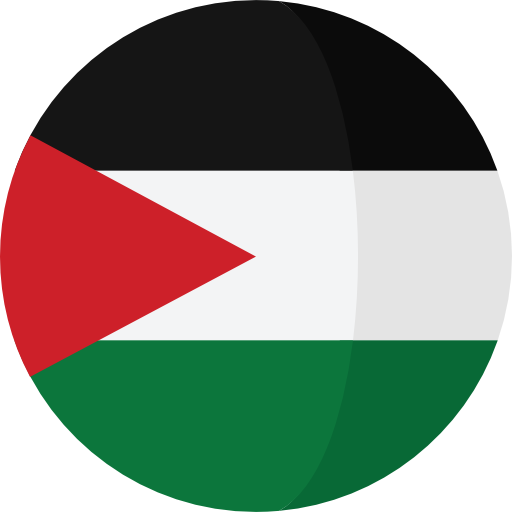 Rashida Tlaib |
 Gigi and Bella Hadid |
 Justin Amash |
 Mahmoud Darwish |
 Samiha Khalil |
 Abd al-Hamid Shuman |
 Dr. Farouk Shami |
 Walid Khalidi |
 Edward Said |
 Ghassan Kanafani |
 Jabra Ibrahim Jabra |
 Samia Halaby |
 Mona Hatoum |
 Sari Khoury |
 Ismail Shammut |
 Kamal Boullata |
 Naji al-Ali |
 Simon Shaheen |
 Rim Banna |
 DJ Khaled |
 Suheir Hammad |
 Fadwa Tuqan |
 Maysoon Zayid |
 Mo Amer |
 Laila al-Haddad |
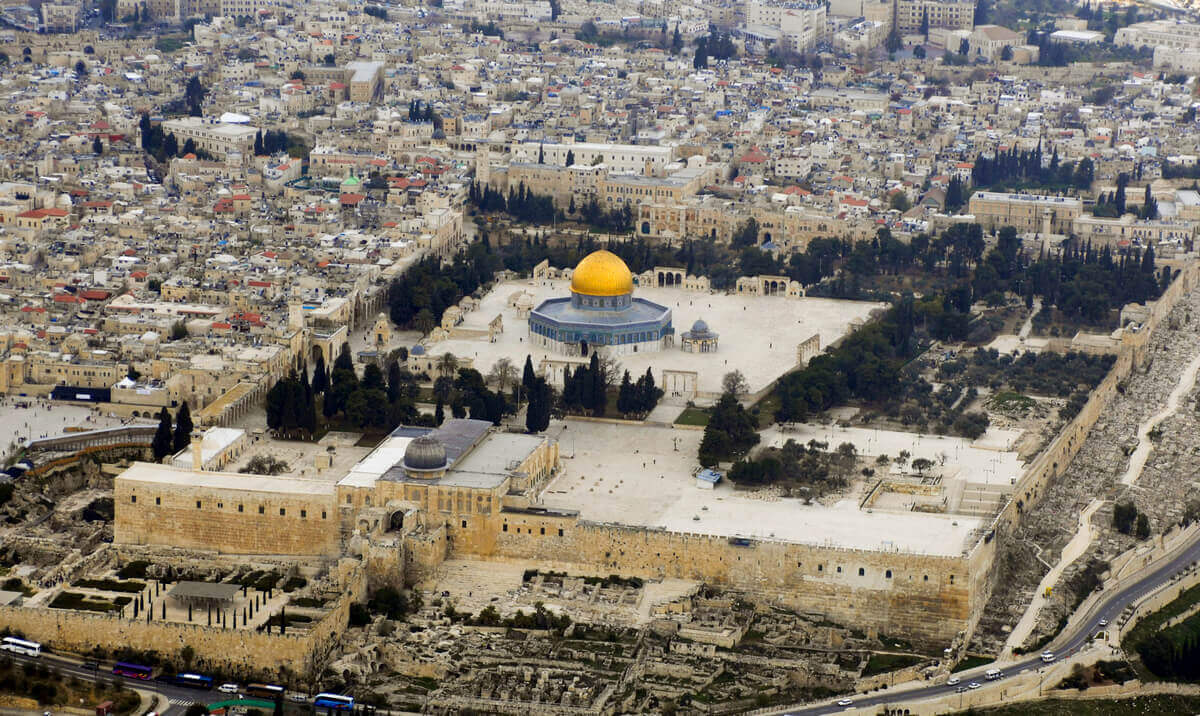
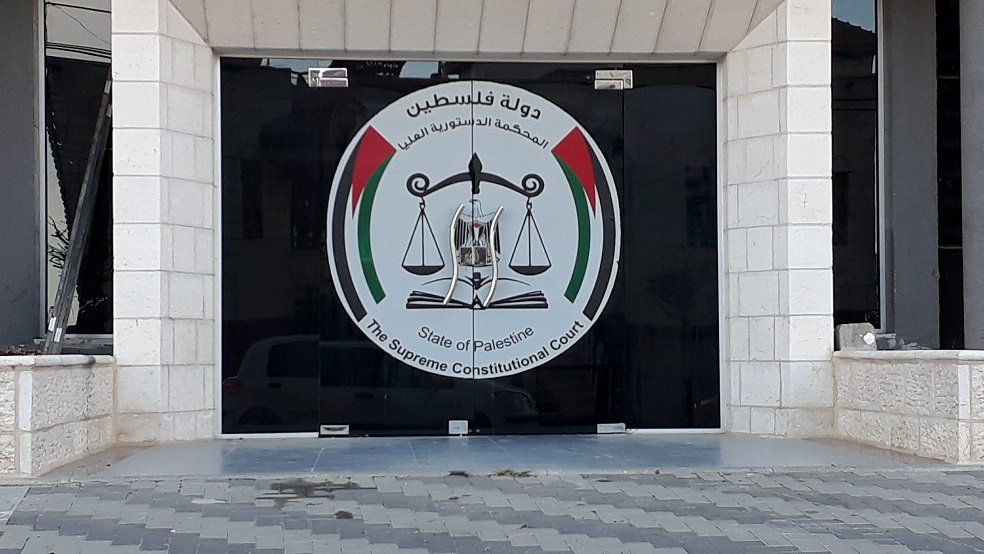


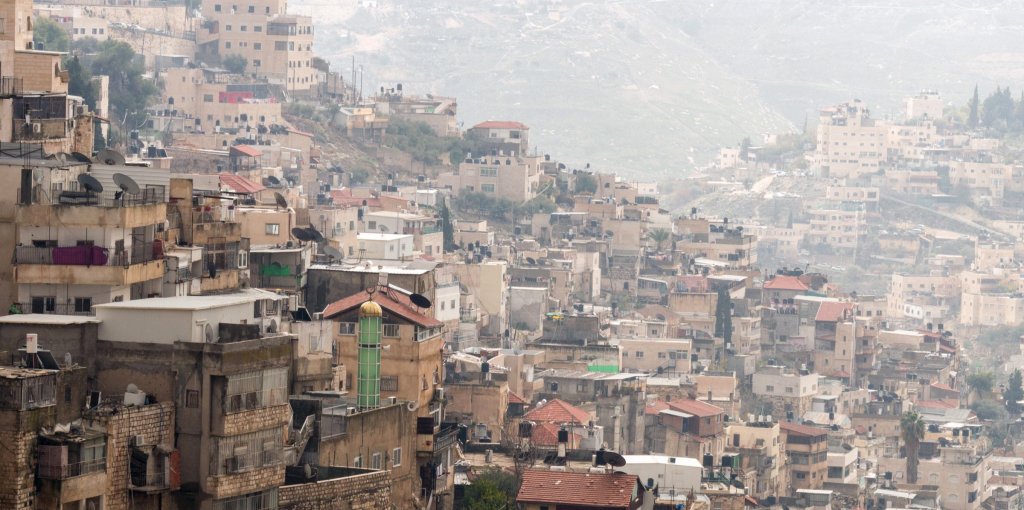
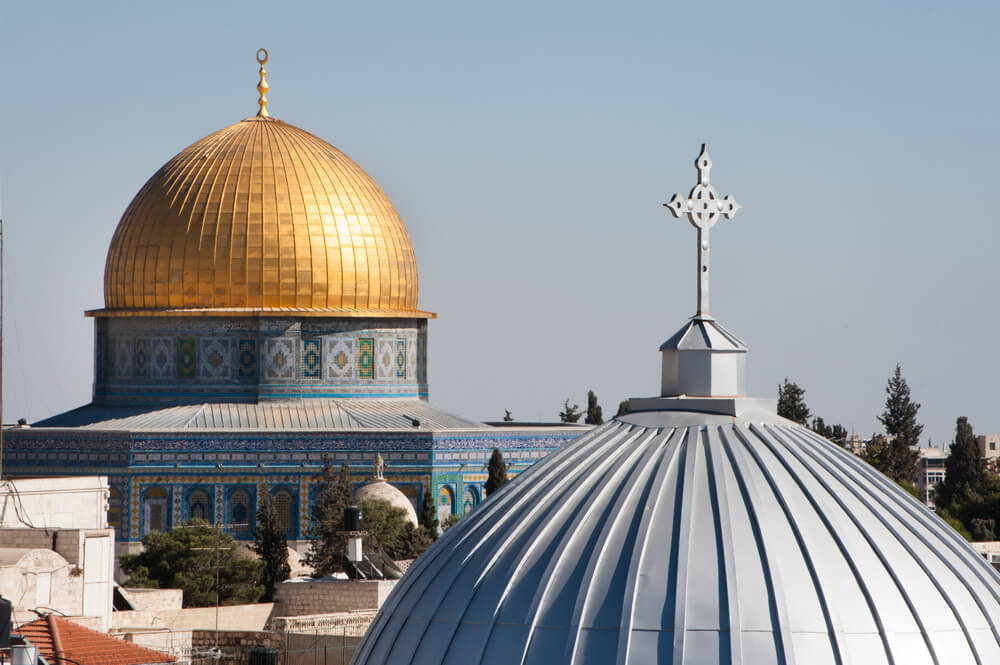







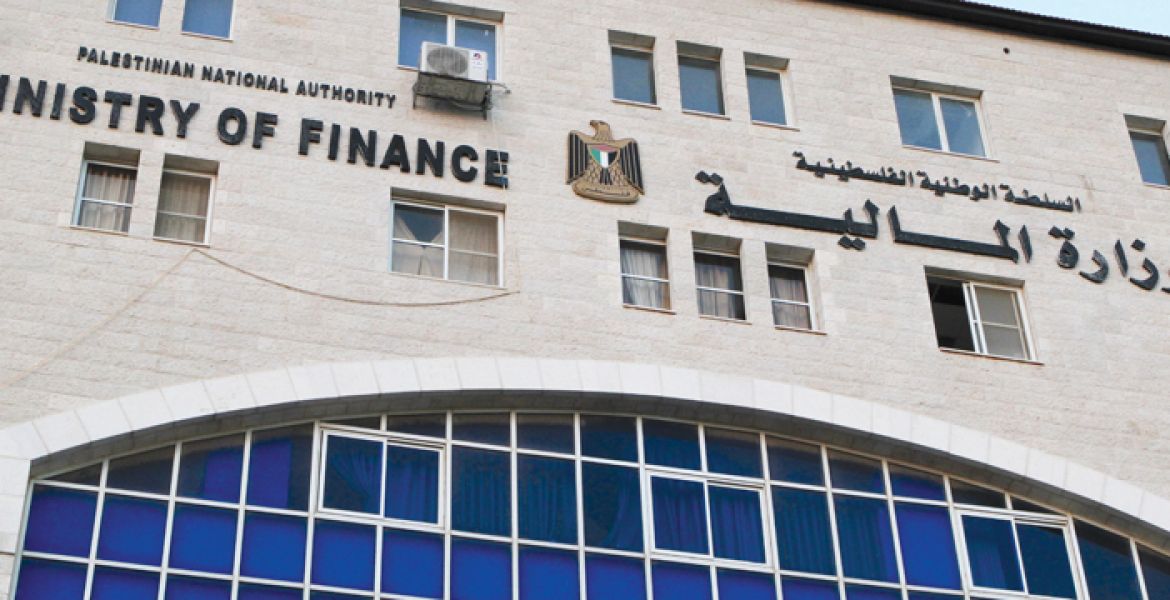


















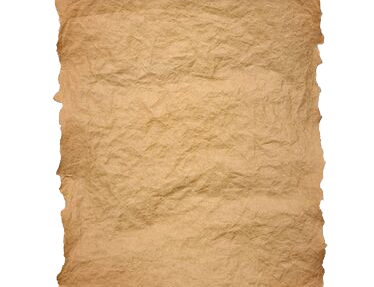


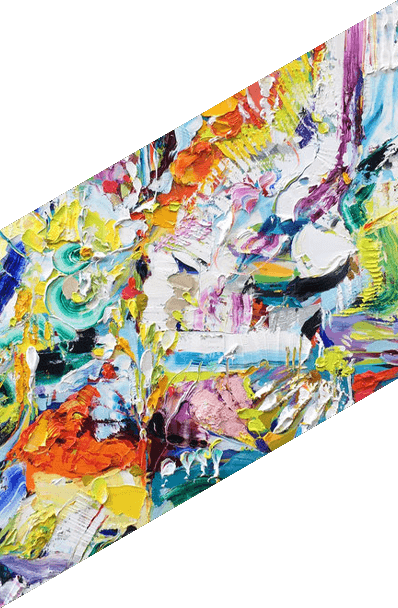
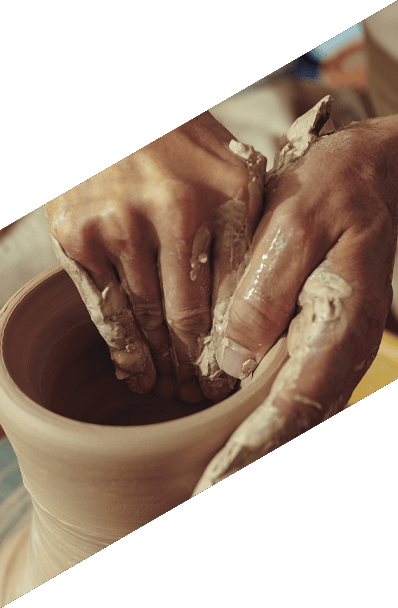

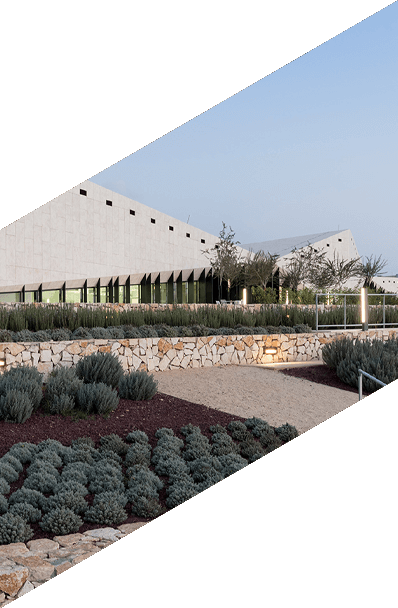
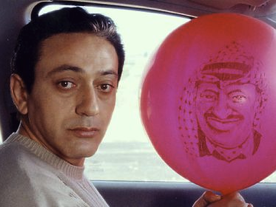 Elia Sulliman, an award winning filmmaker from Nazareth, was nominated for an academy award for his film, Divine Intervention.
From Wikipedia:
Elia Suleiman (Arabic:ايليا سلمان ,born July 28, 1960 in Nazareth, Israel), is a Palestinian film director and actor of Rûm Greek Orthodox origin.[1] He is best known for the 2002 film Divine Intervention (Arabic: يد إلهية), a modern tragic comedy on living under occupation in Palestine which won the Jury Prize at the 2002 Cannes Film Festival. Elia Suleiman's cinematic style is often compared to that of Jacques Tati and Buster Keaton, for its poetic interplay between "burlesque and sobriety".iety".
Elia Sulliman, an award winning filmmaker from Nazareth, was nominated for an academy award for his film, Divine Intervention.
From Wikipedia:
Elia Suleiman (Arabic:ايليا سلمان ,born July 28, 1960 in Nazareth, Israel), is a Palestinian film director and actor of Rûm Greek Orthodox origin.[1] He is best known for the 2002 film Divine Intervention (Arabic: يد إلهية), a modern tragic comedy on living under occupation in Palestine which won the Jury Prize at the 2002 Cannes Film Festival. Elia Suleiman's cinematic style is often compared to that of Jacques Tati and Buster Keaton, for its poetic interplay between "burlesque and sobriety".iety".

